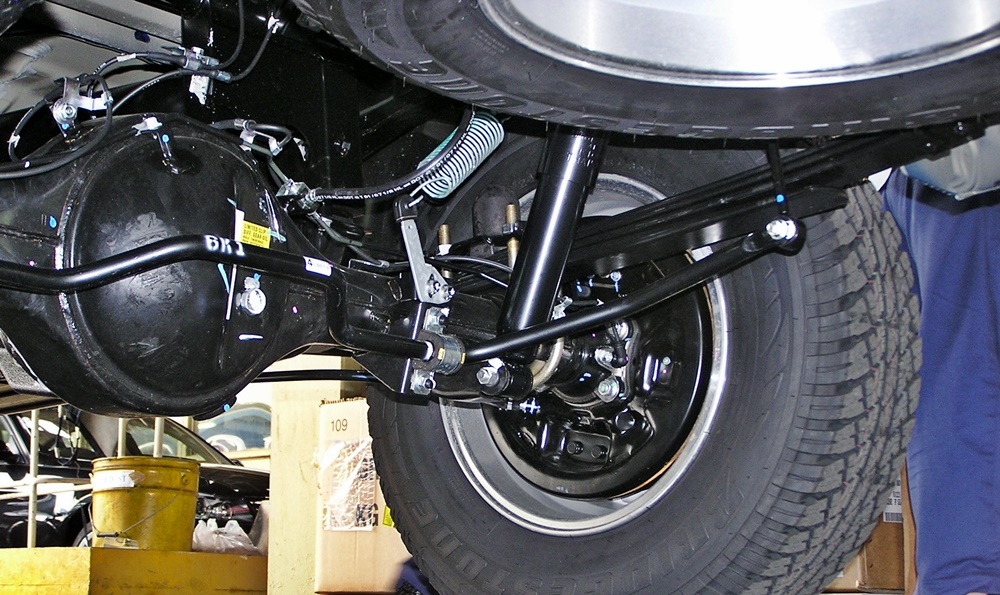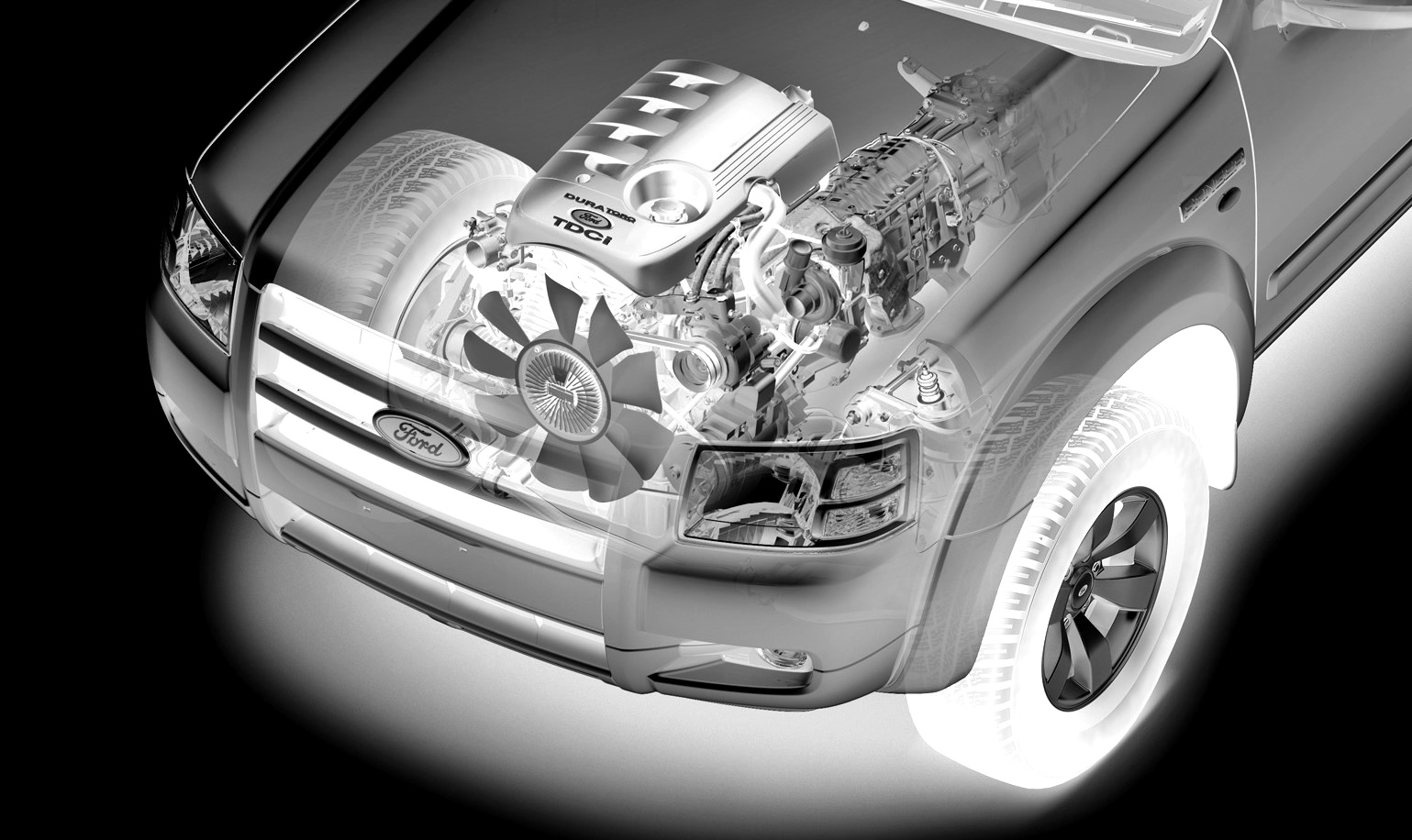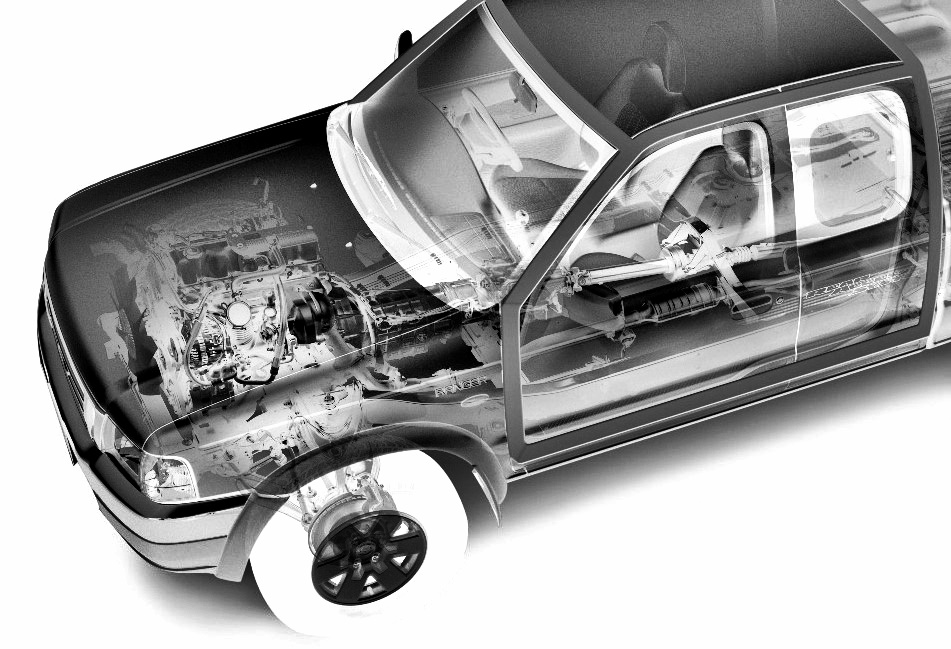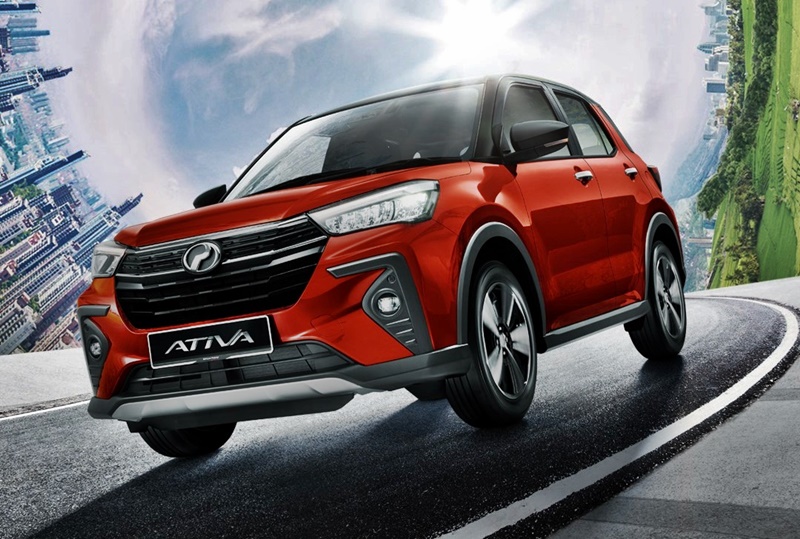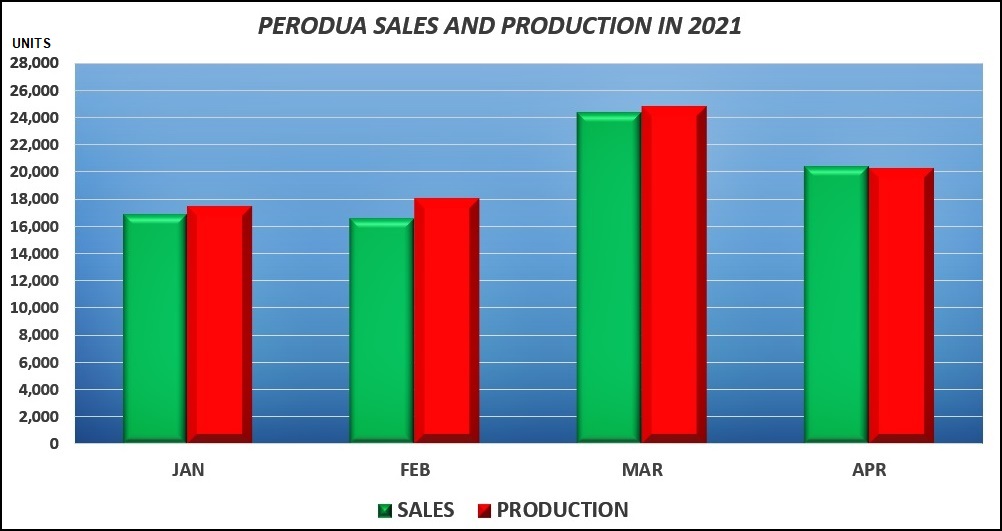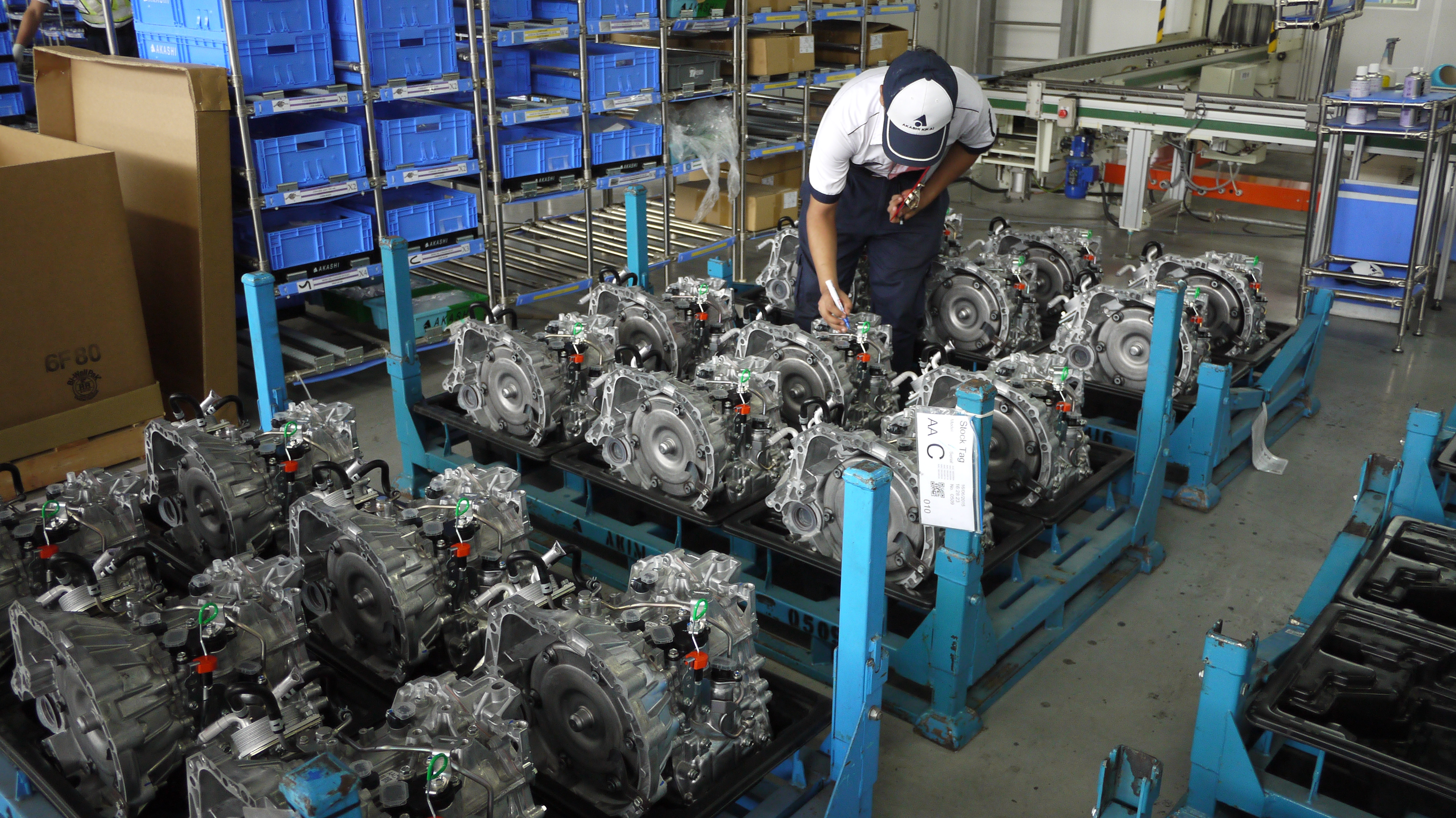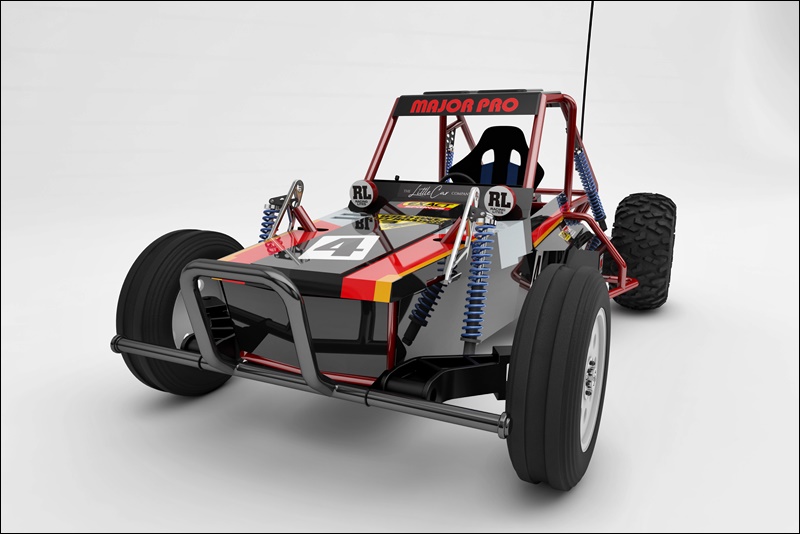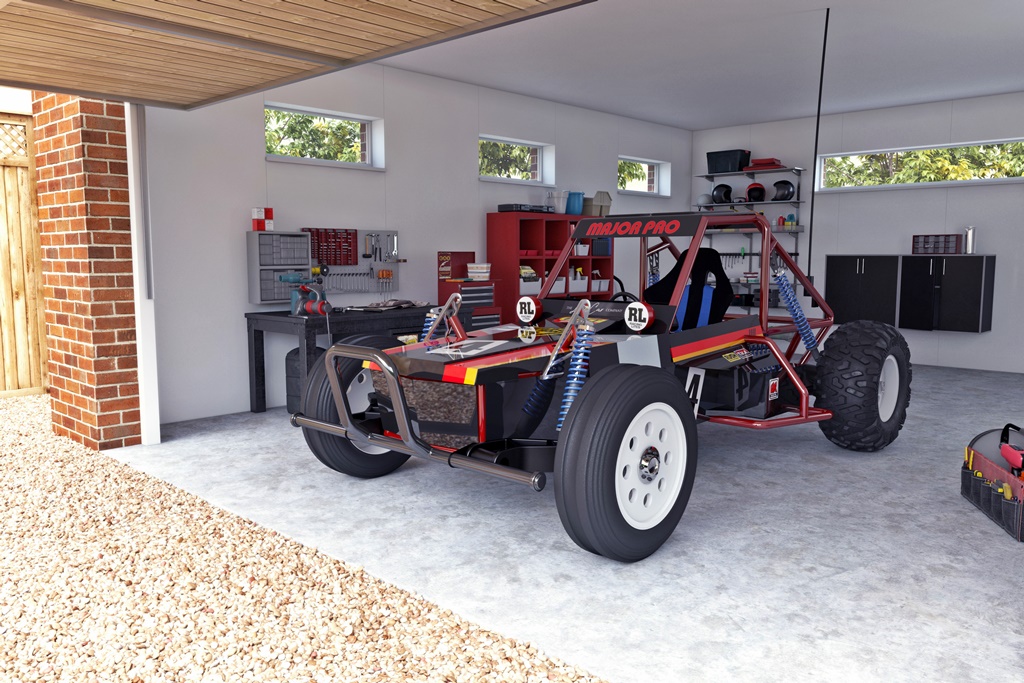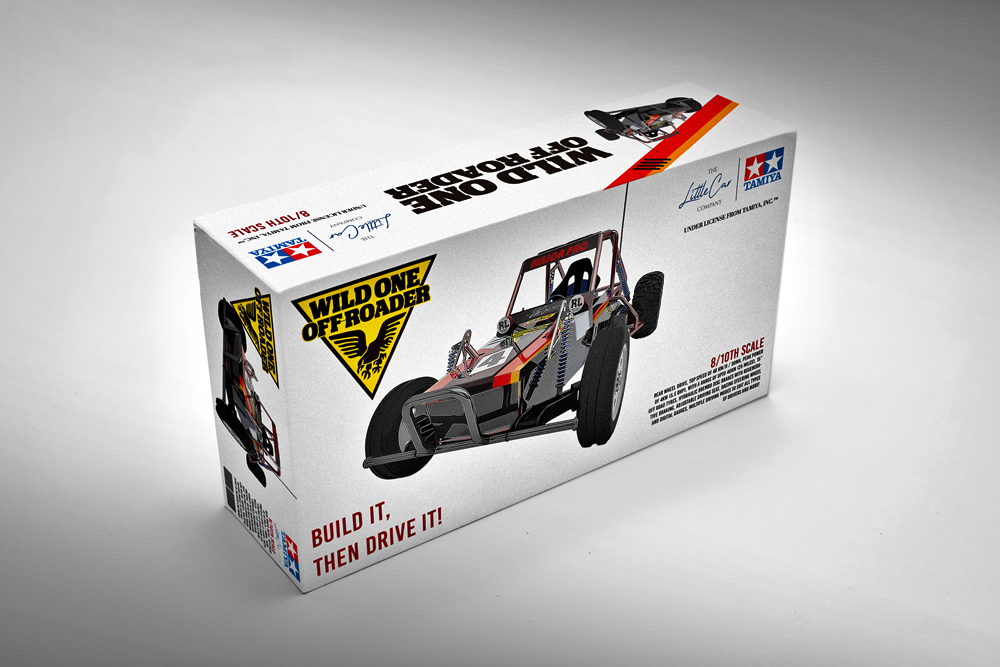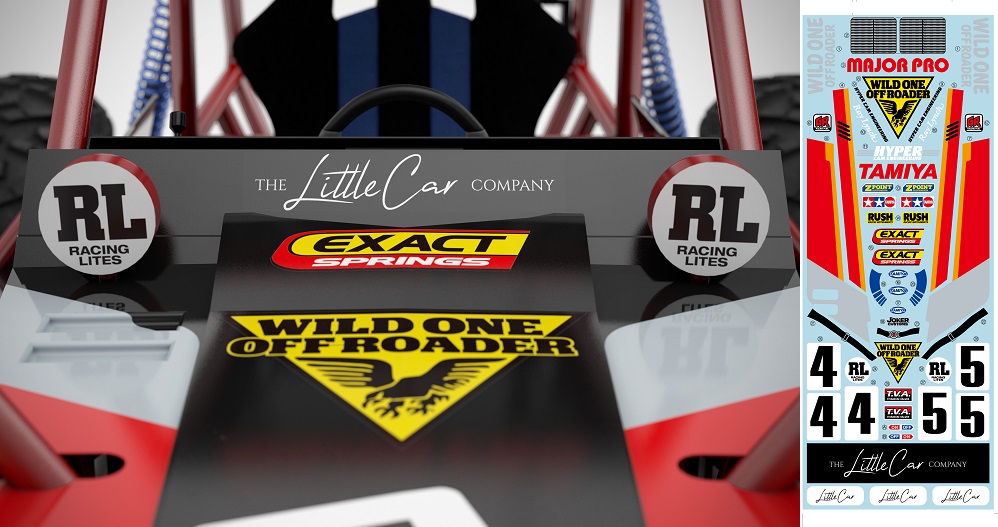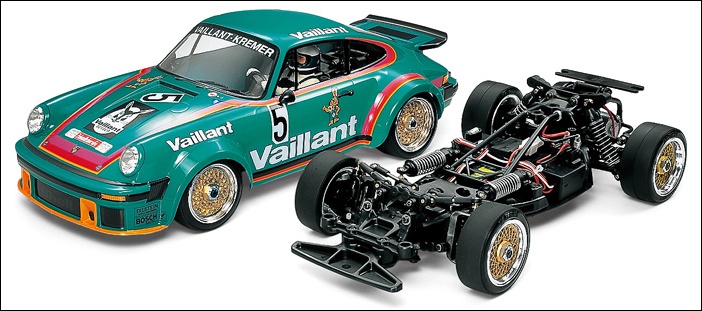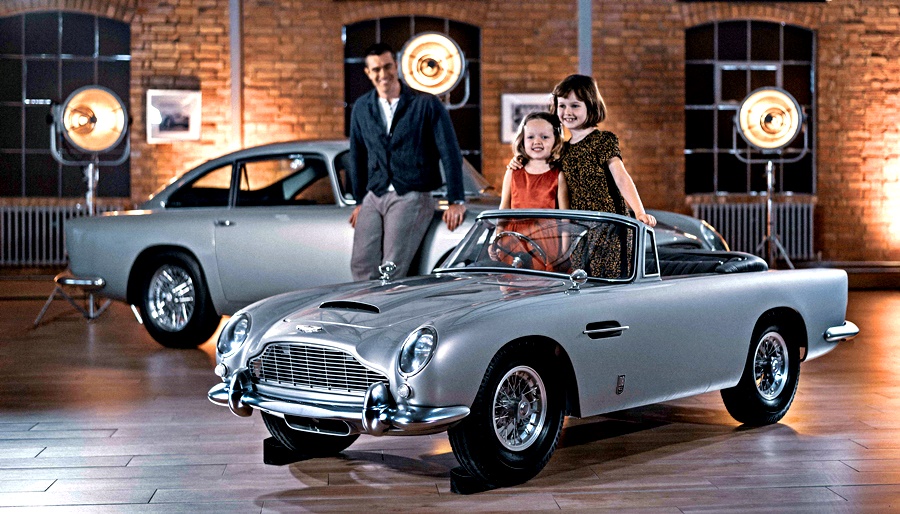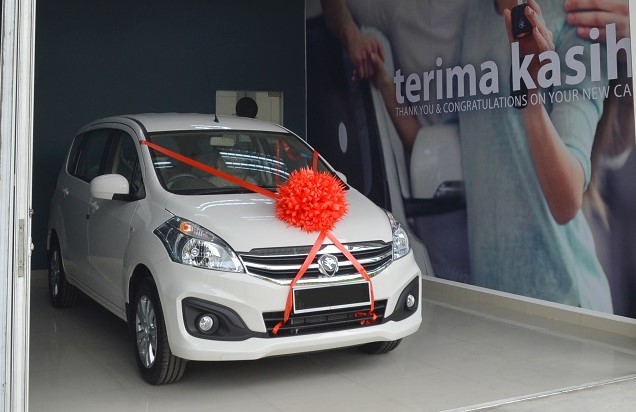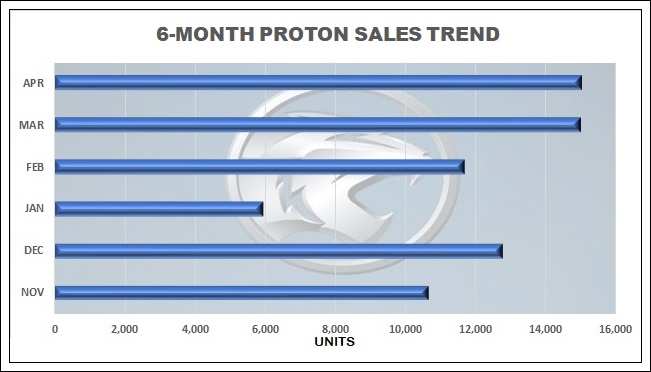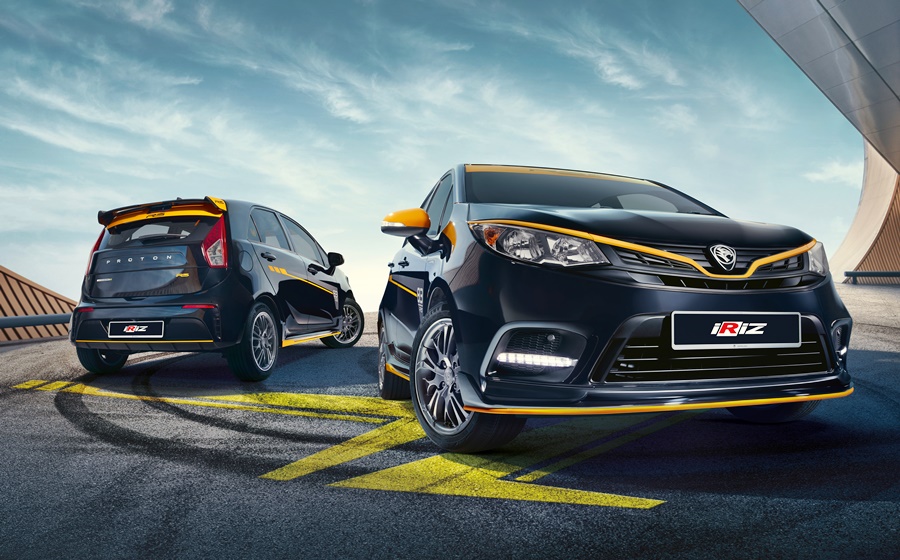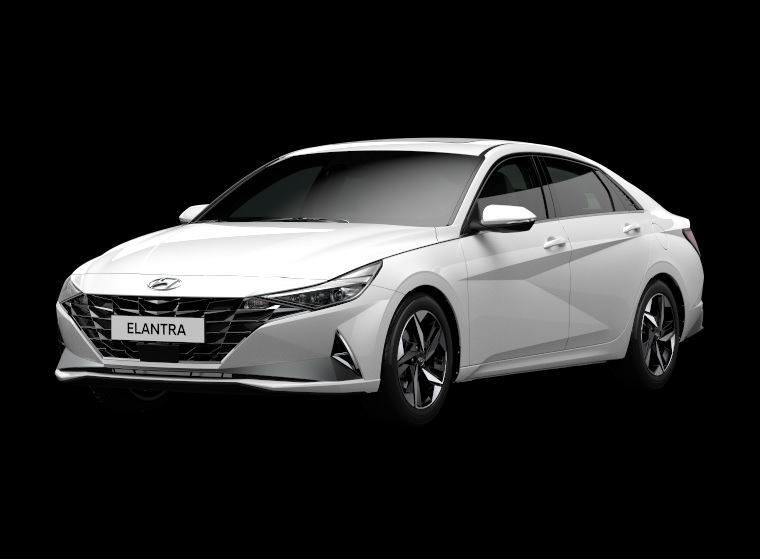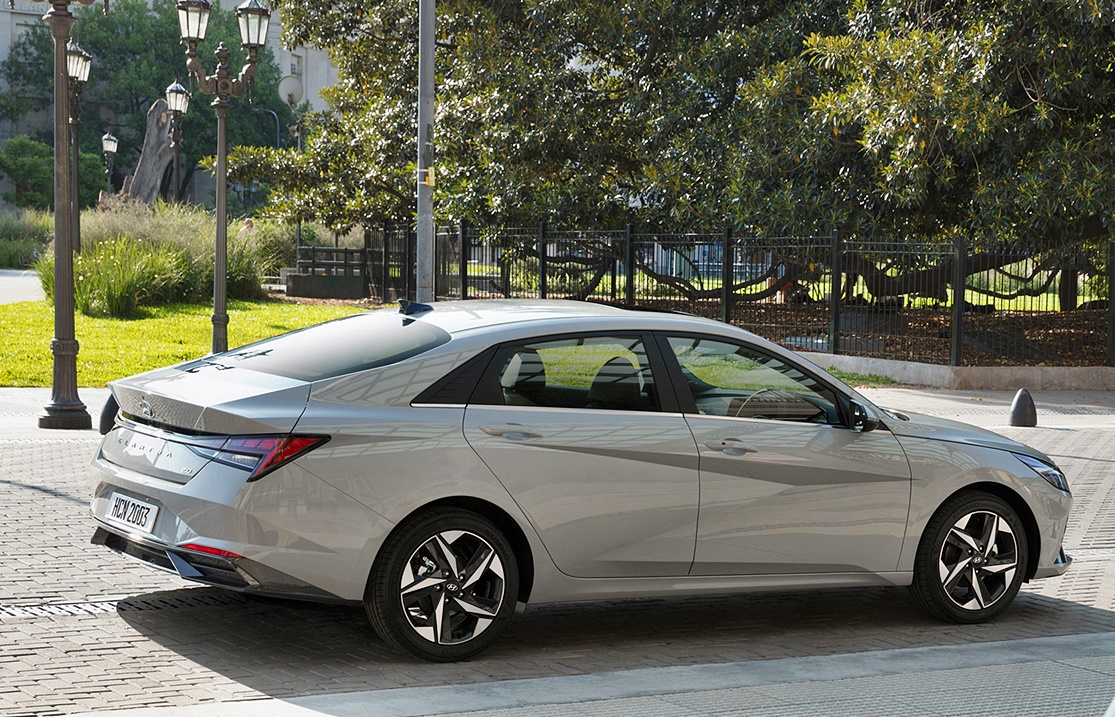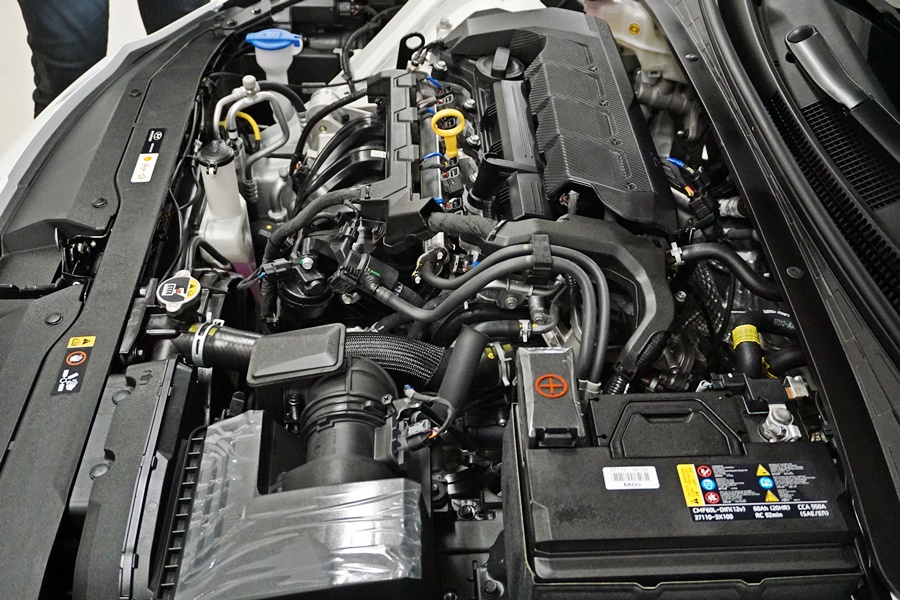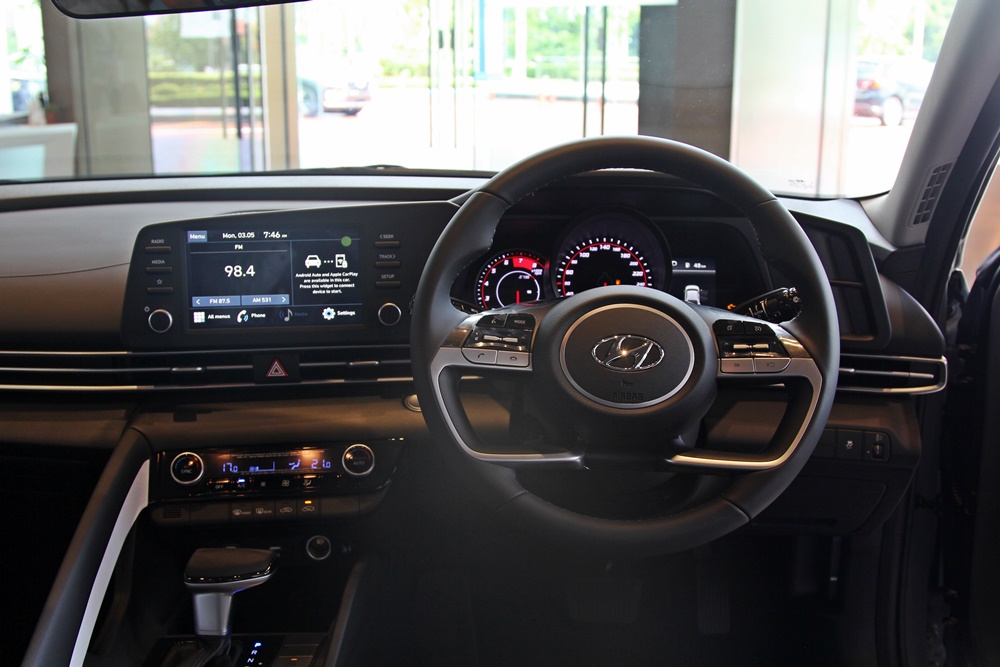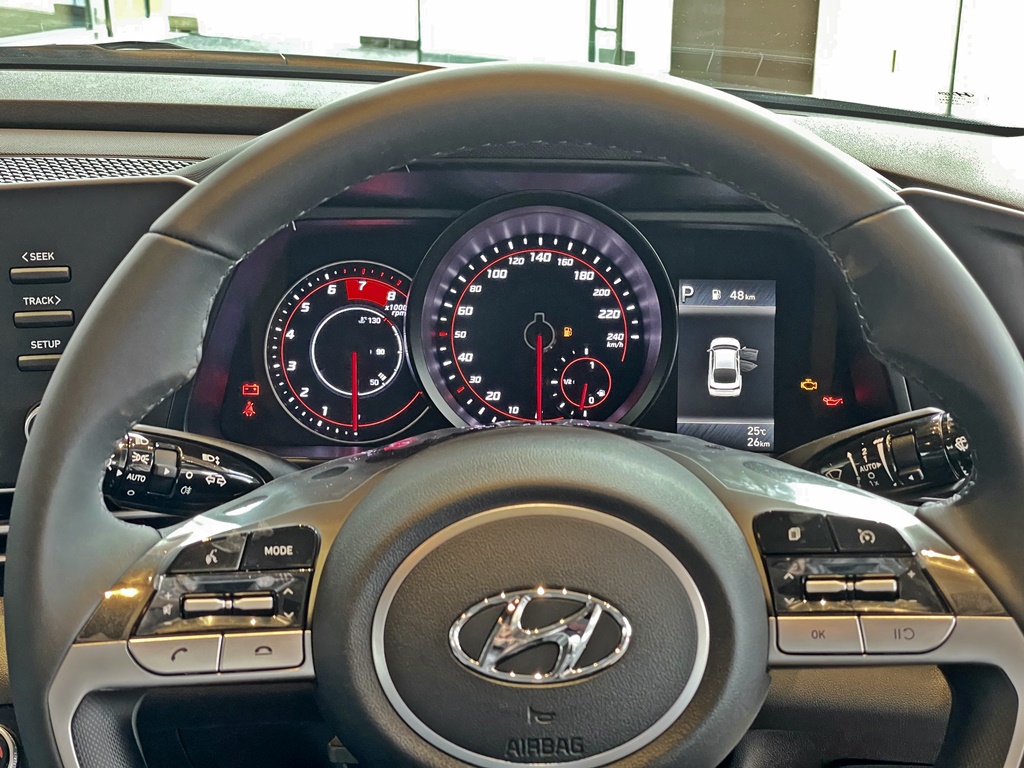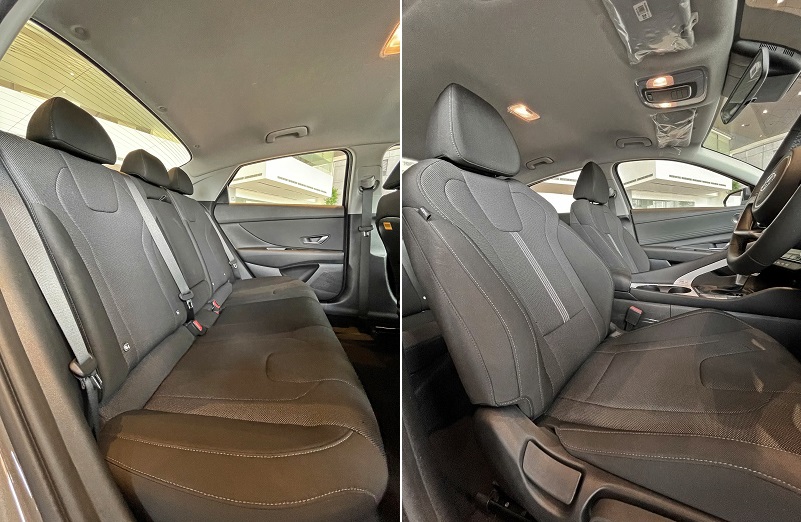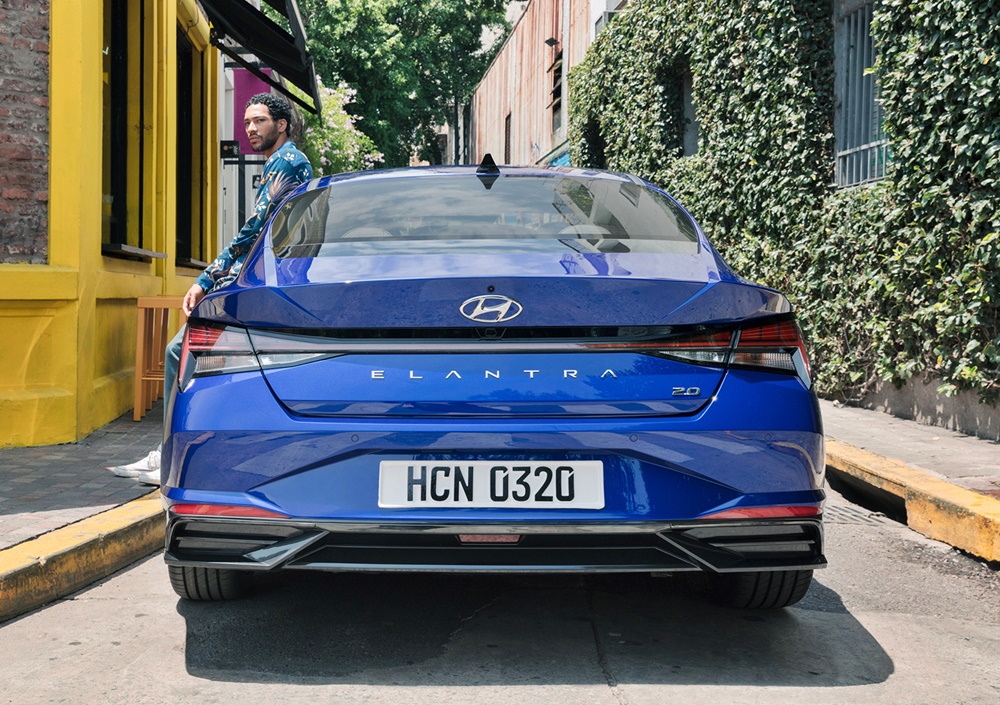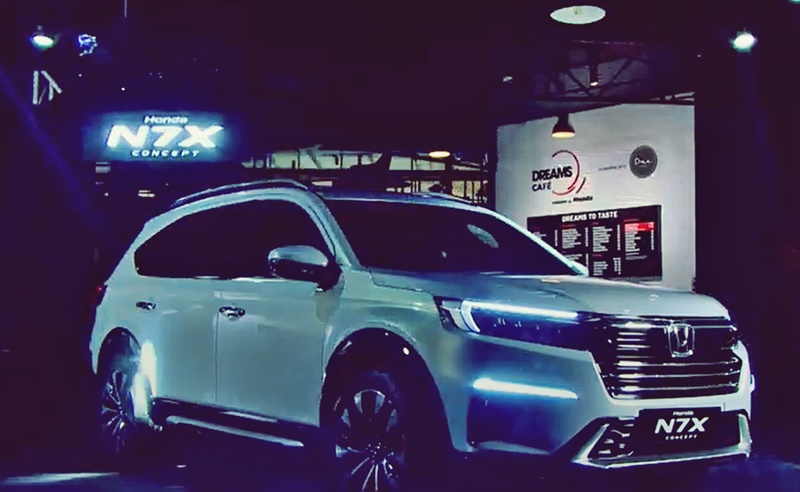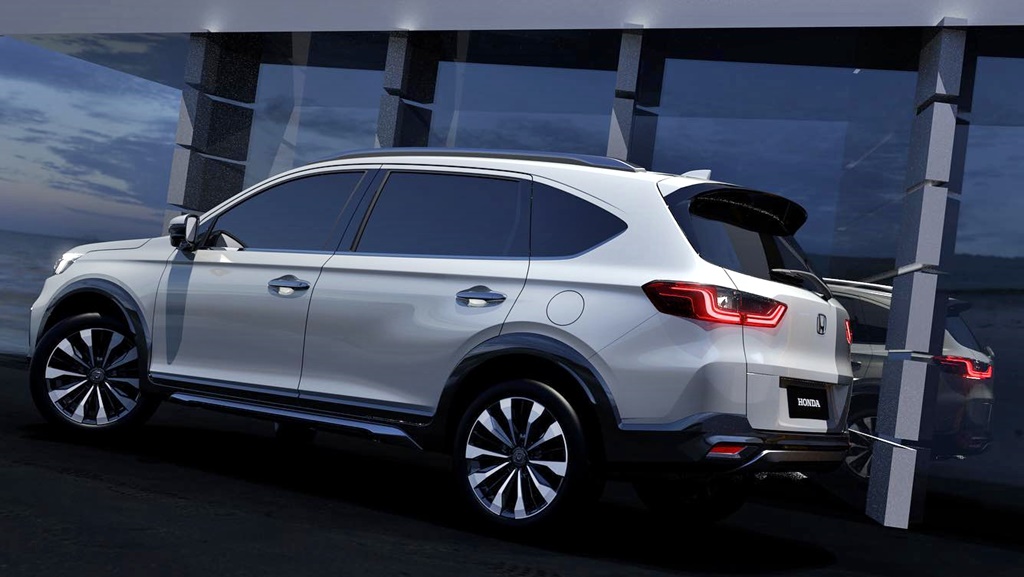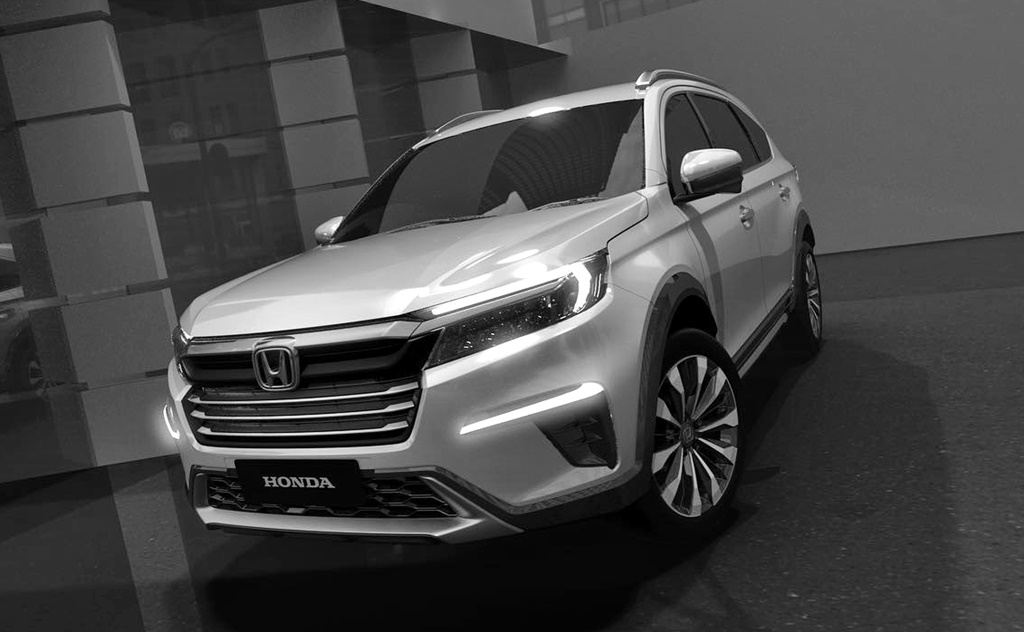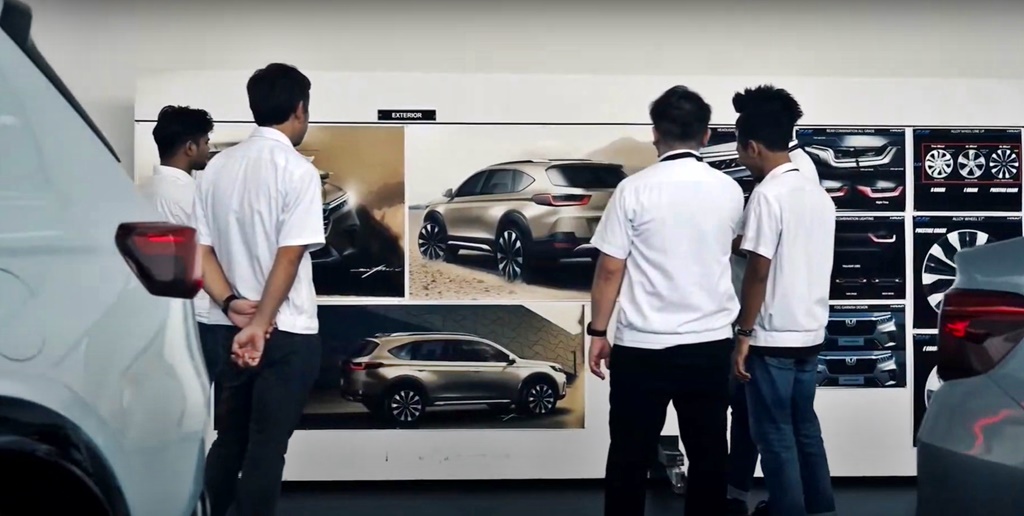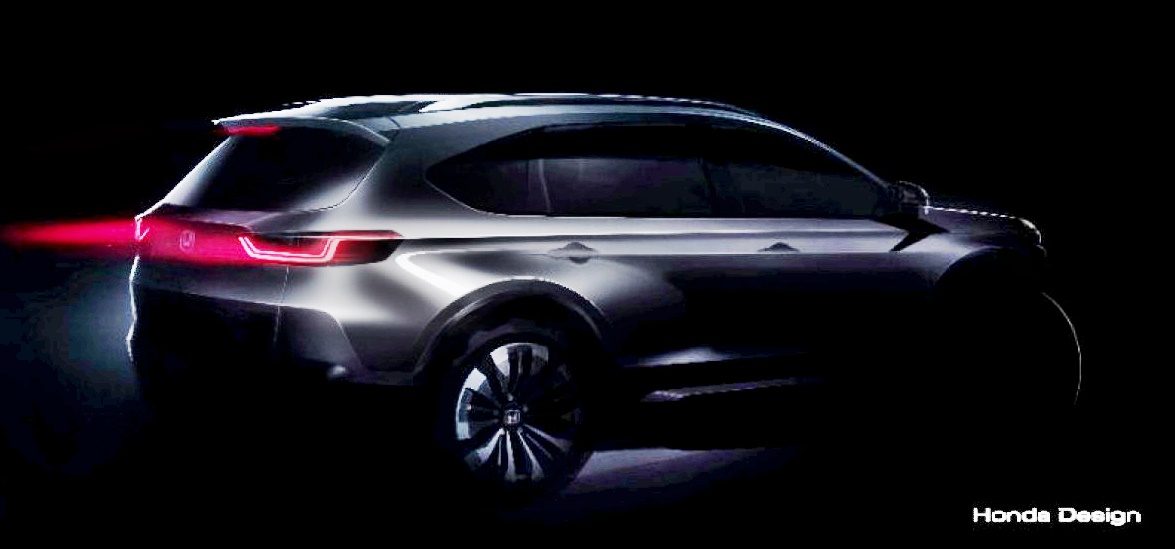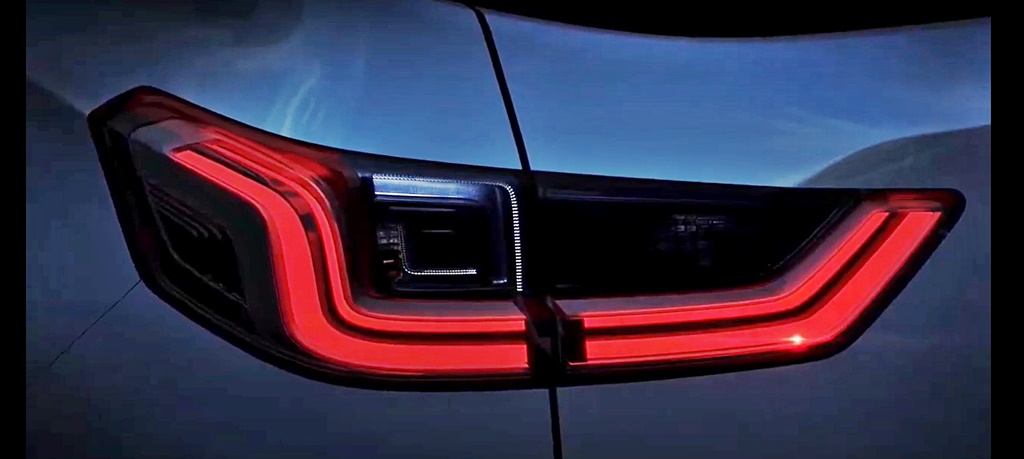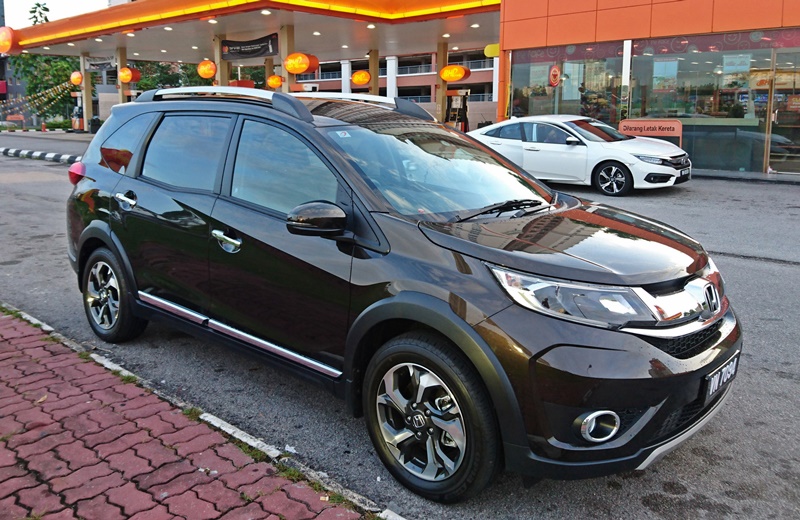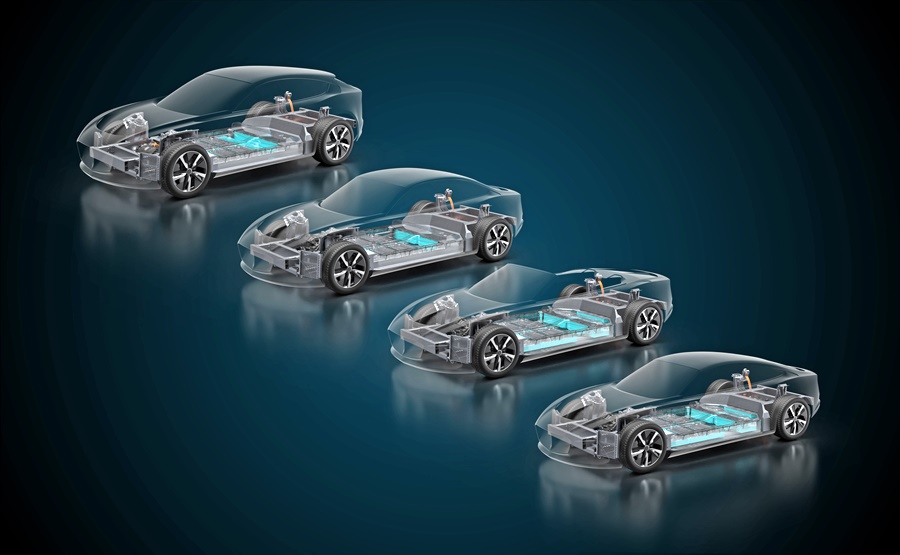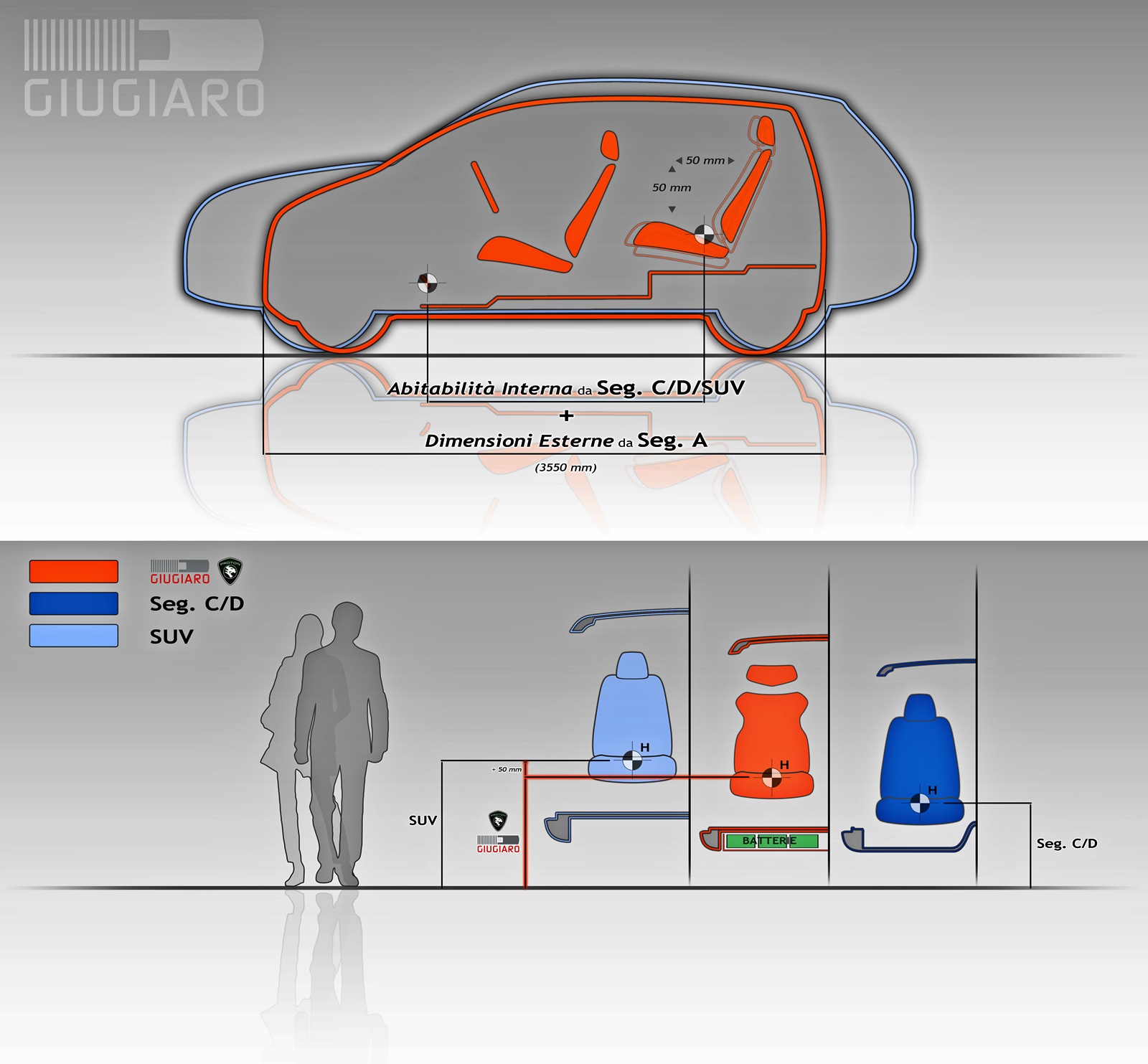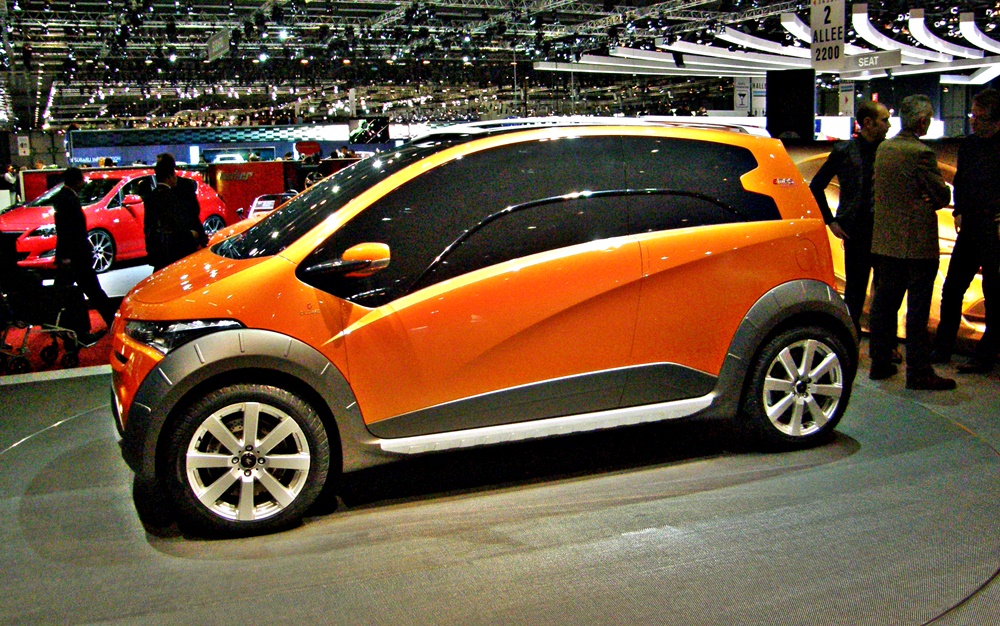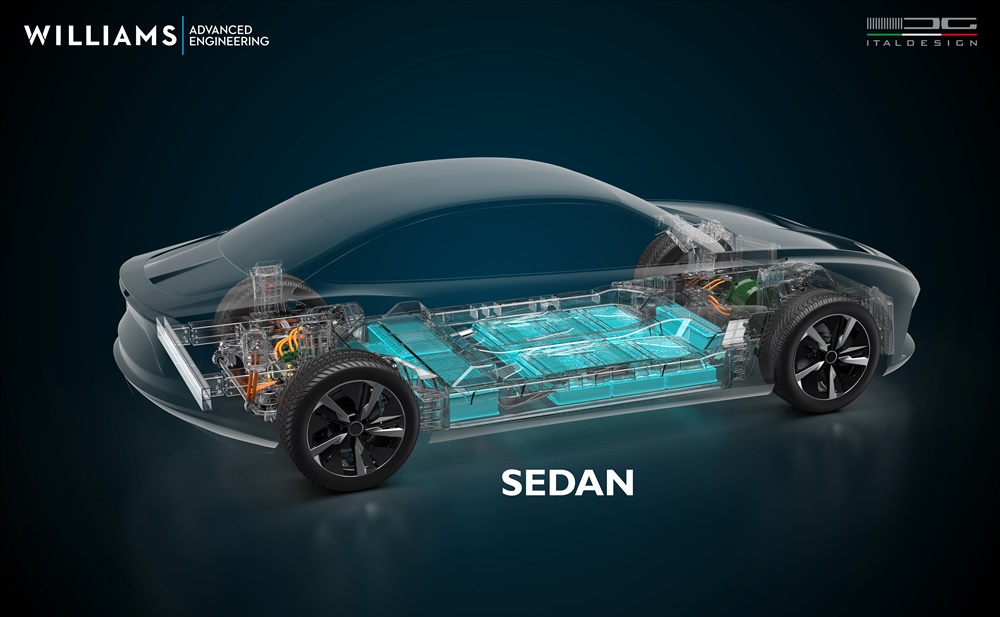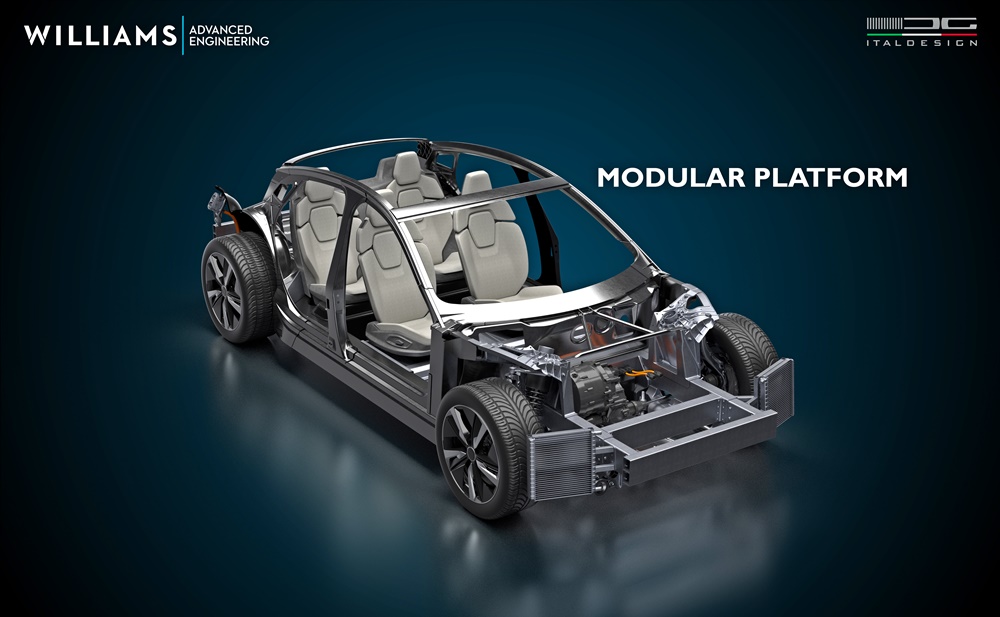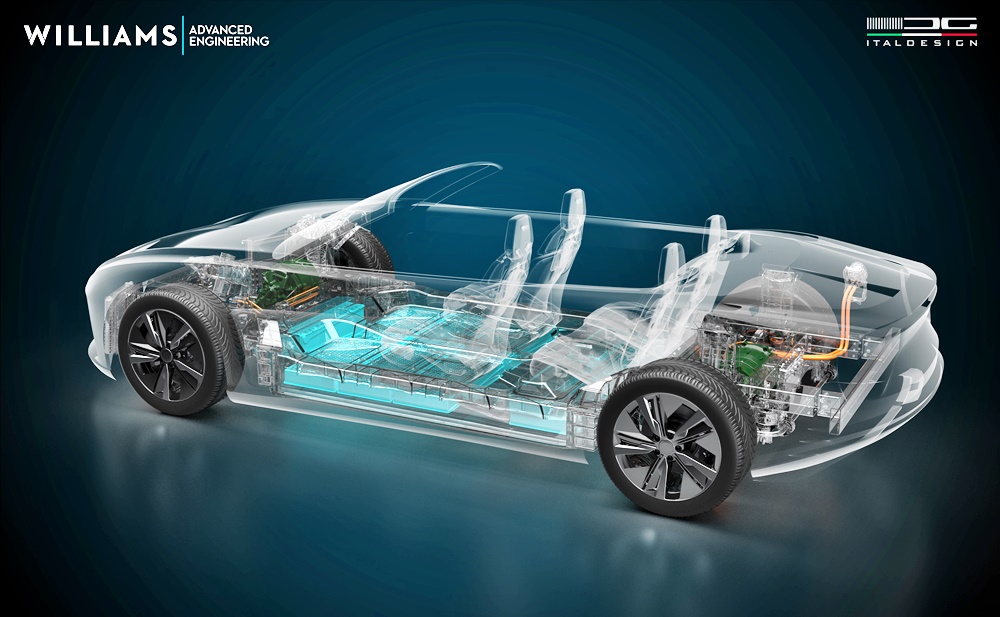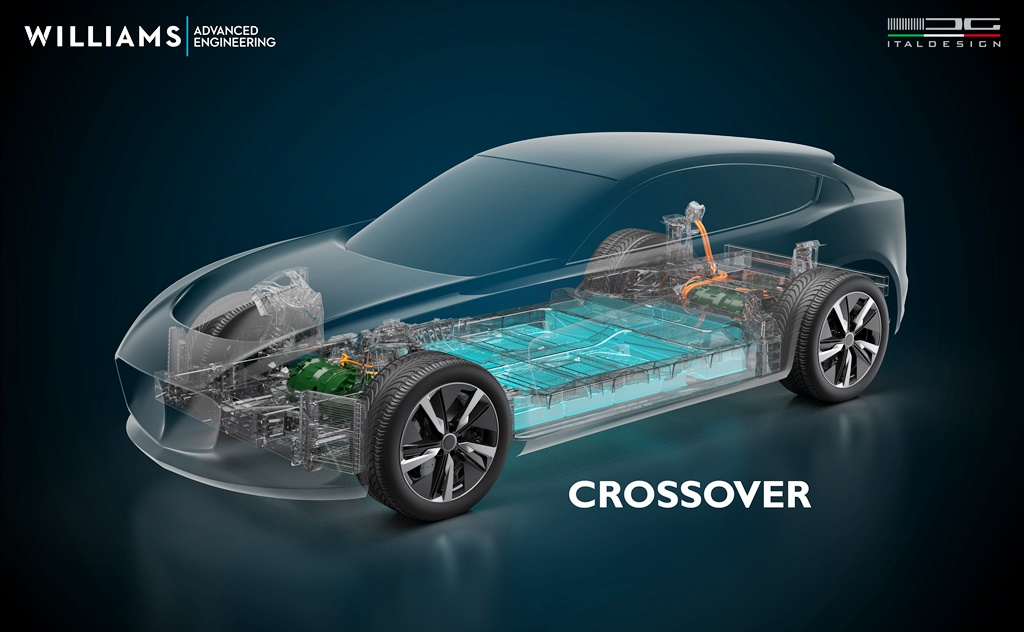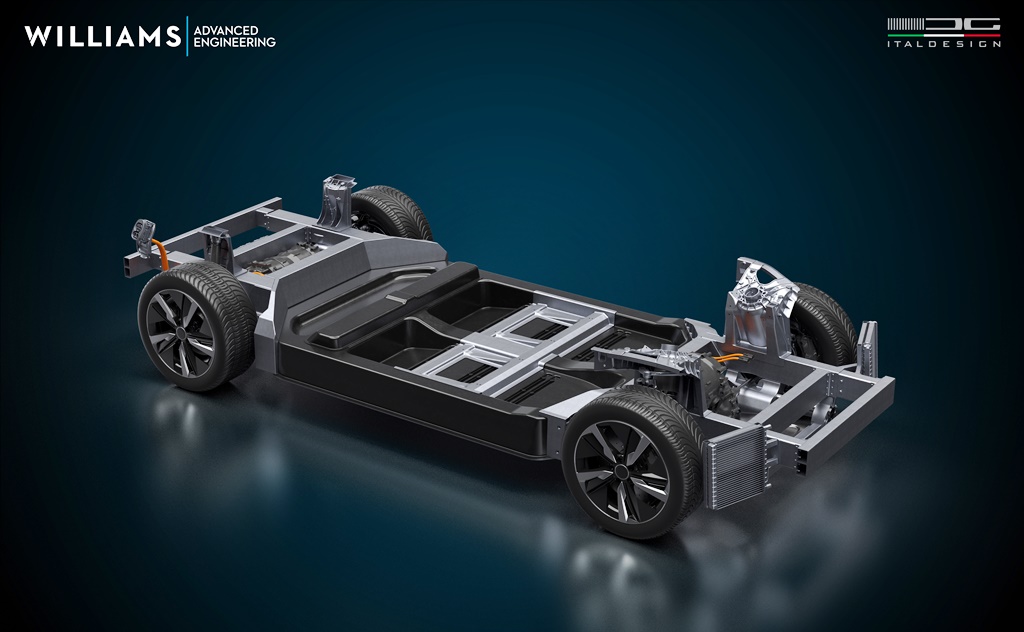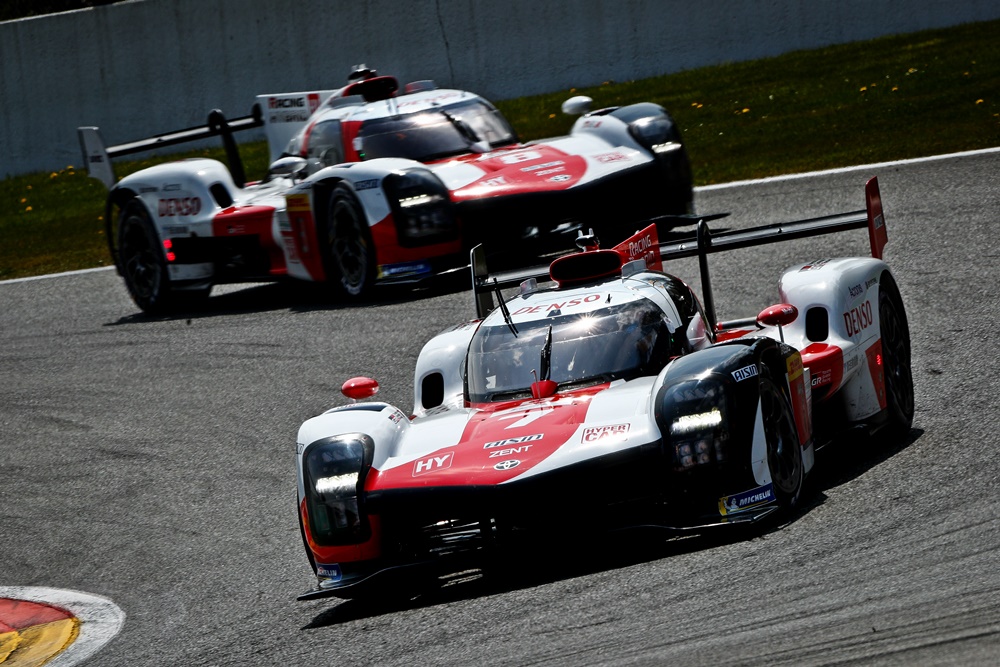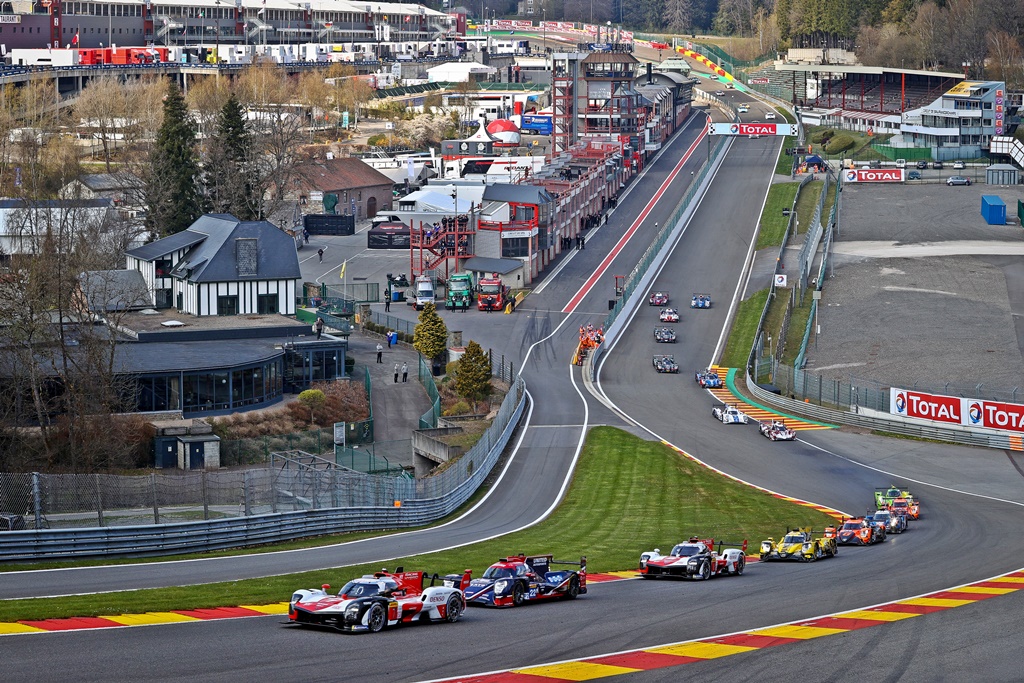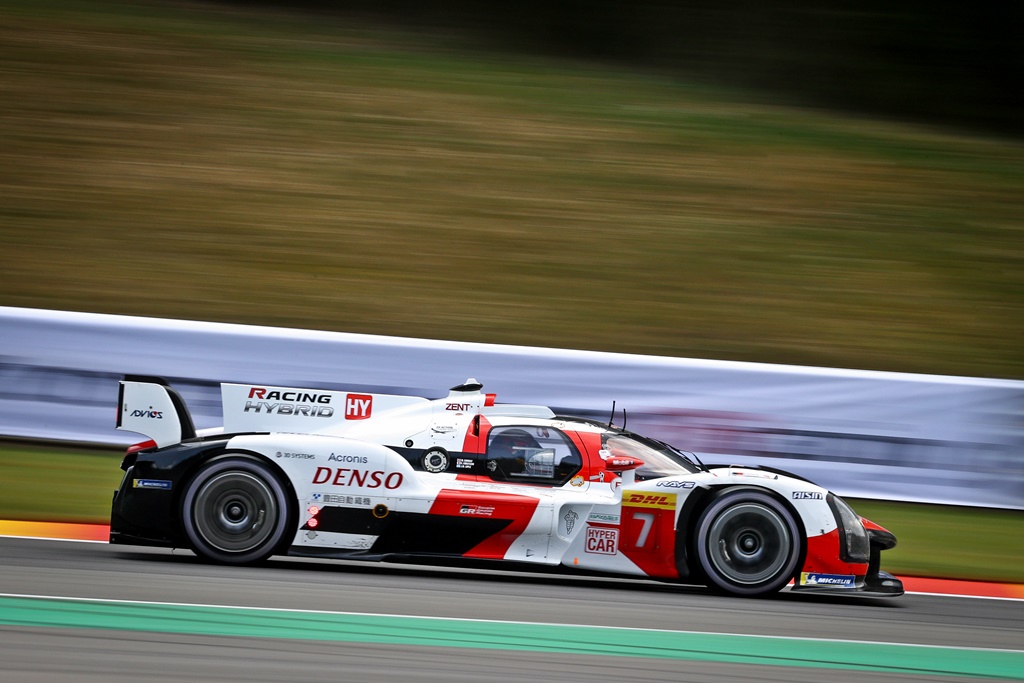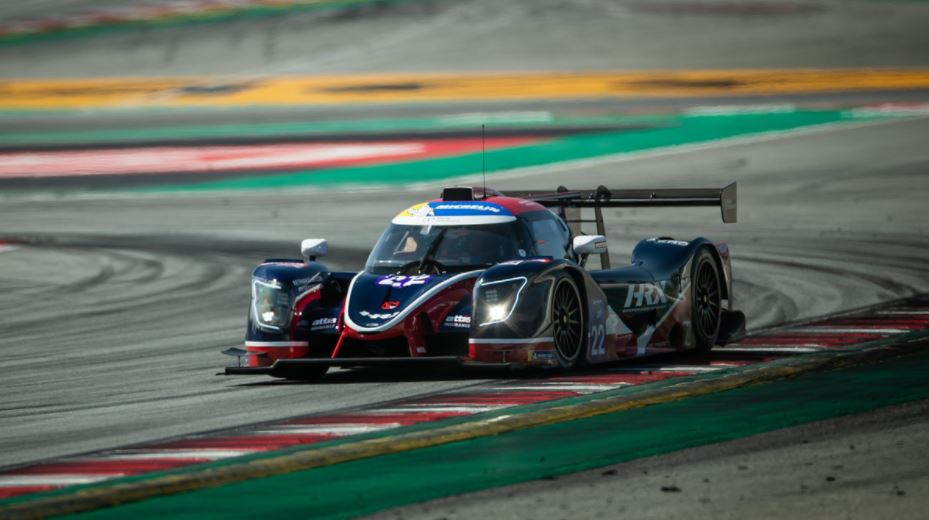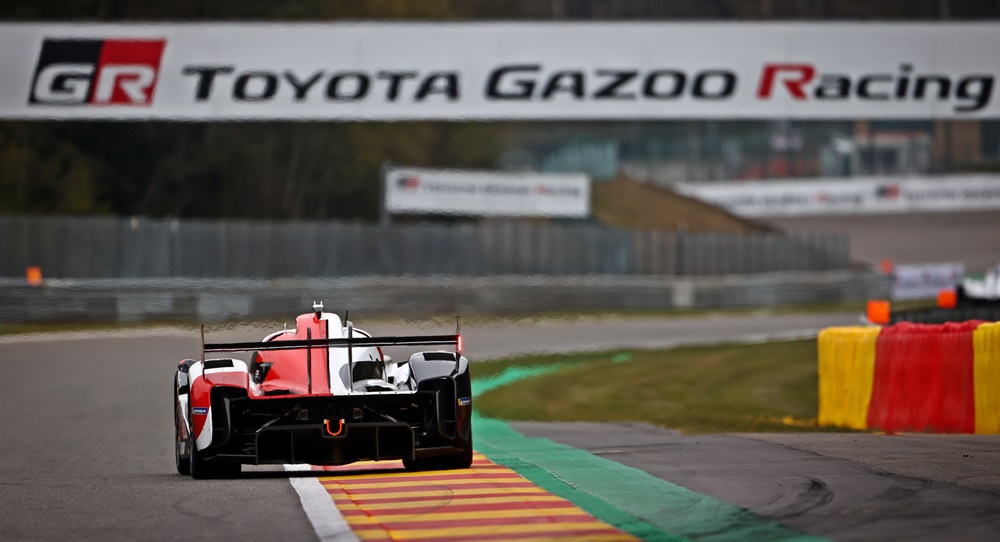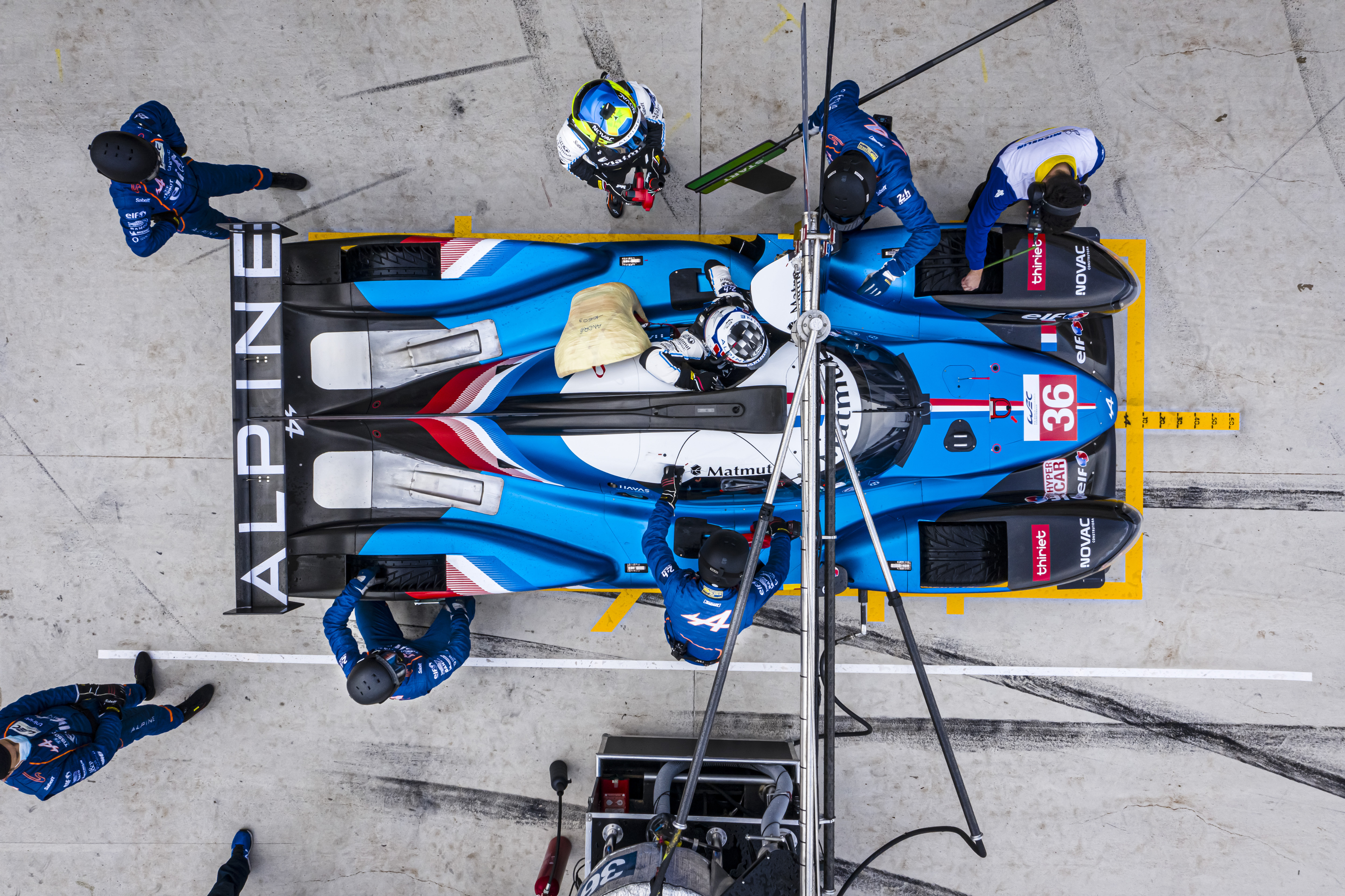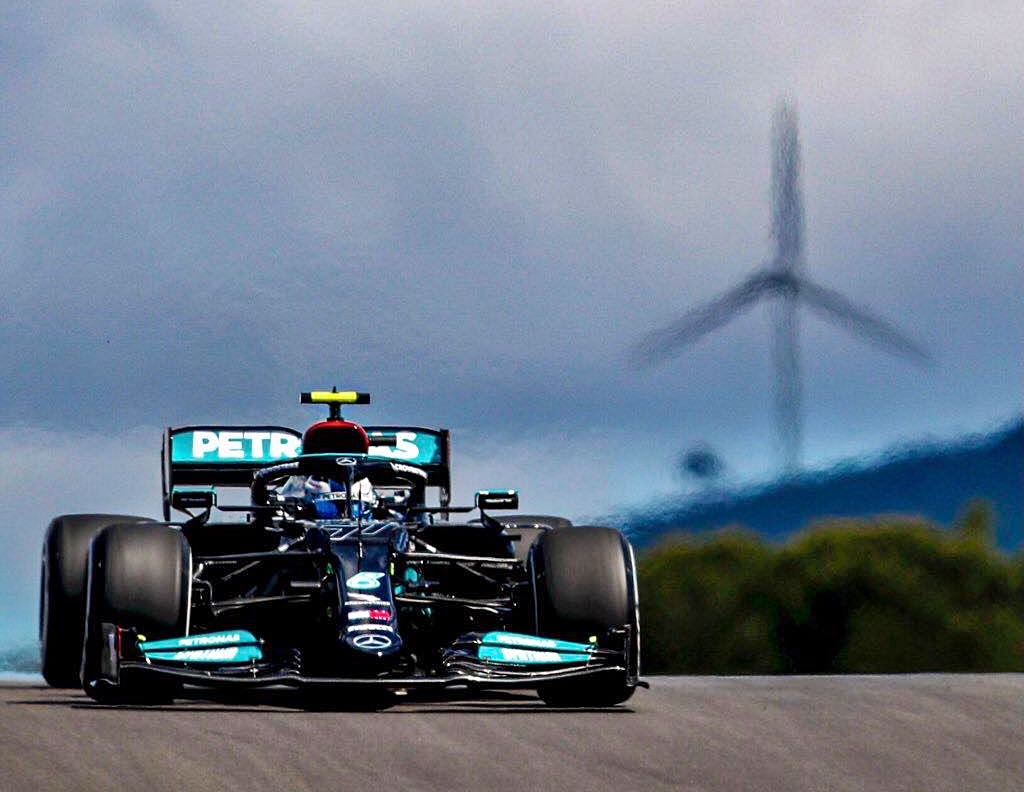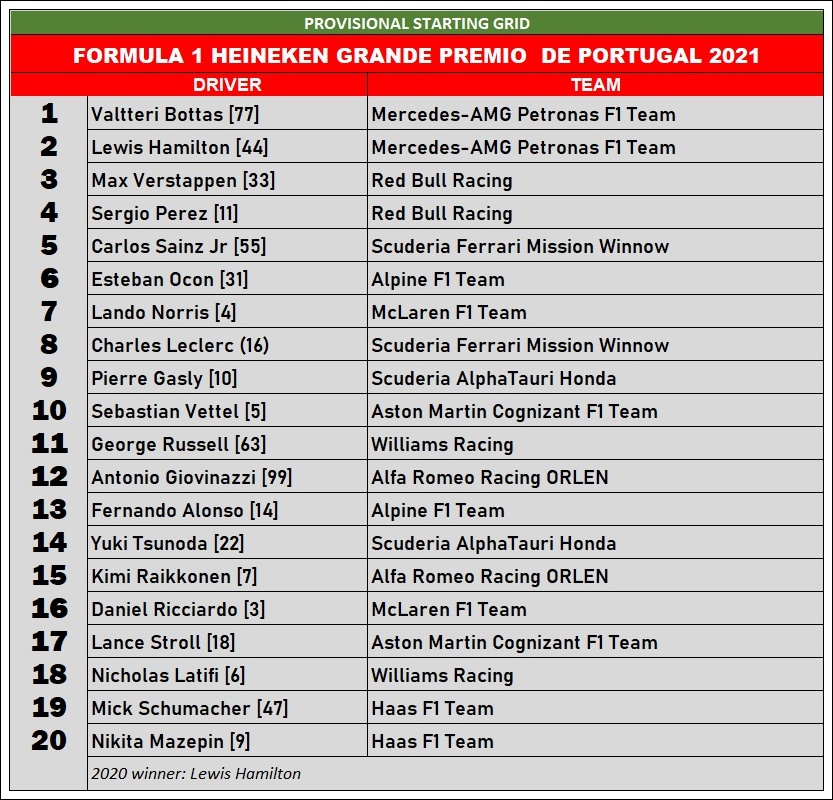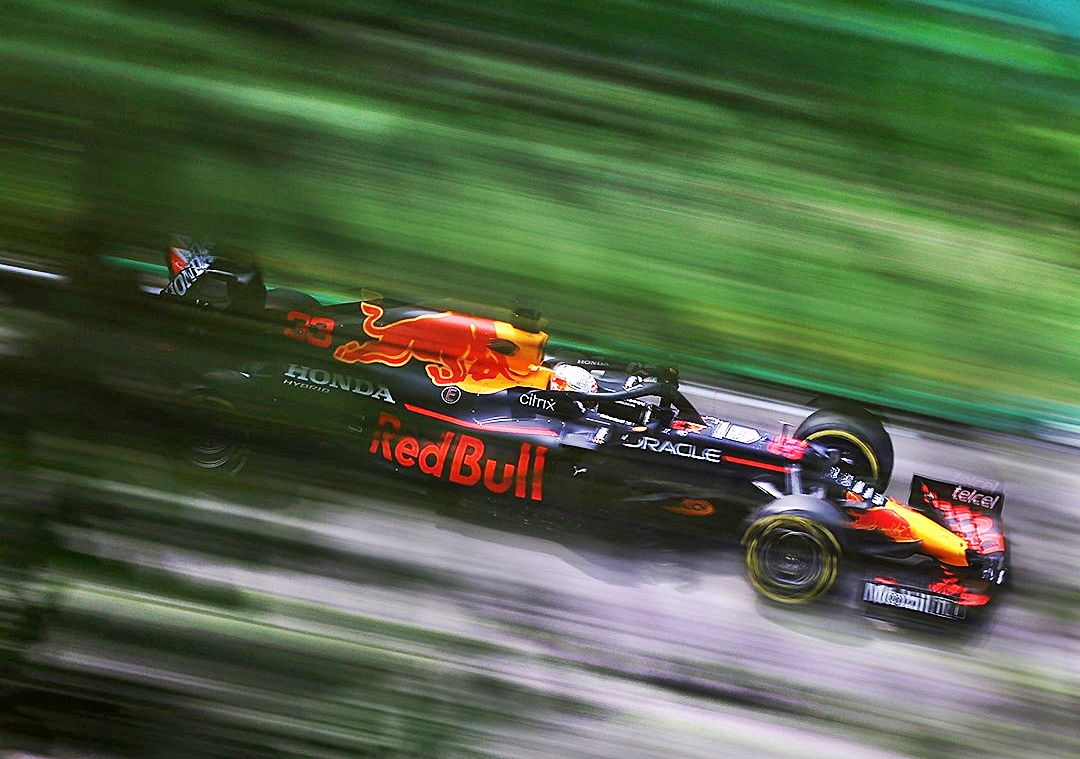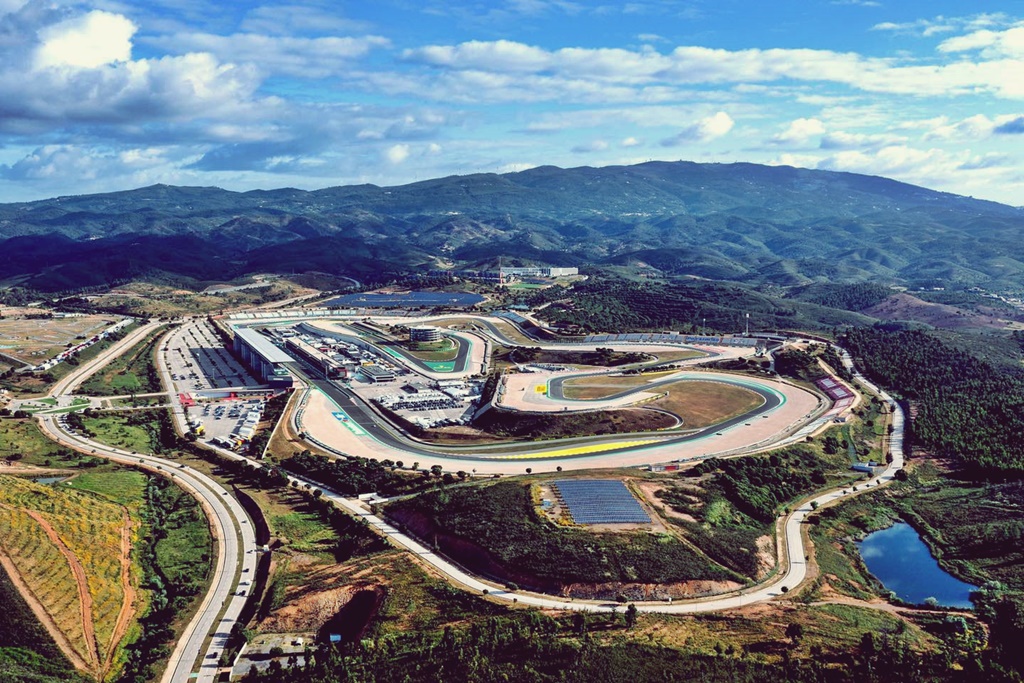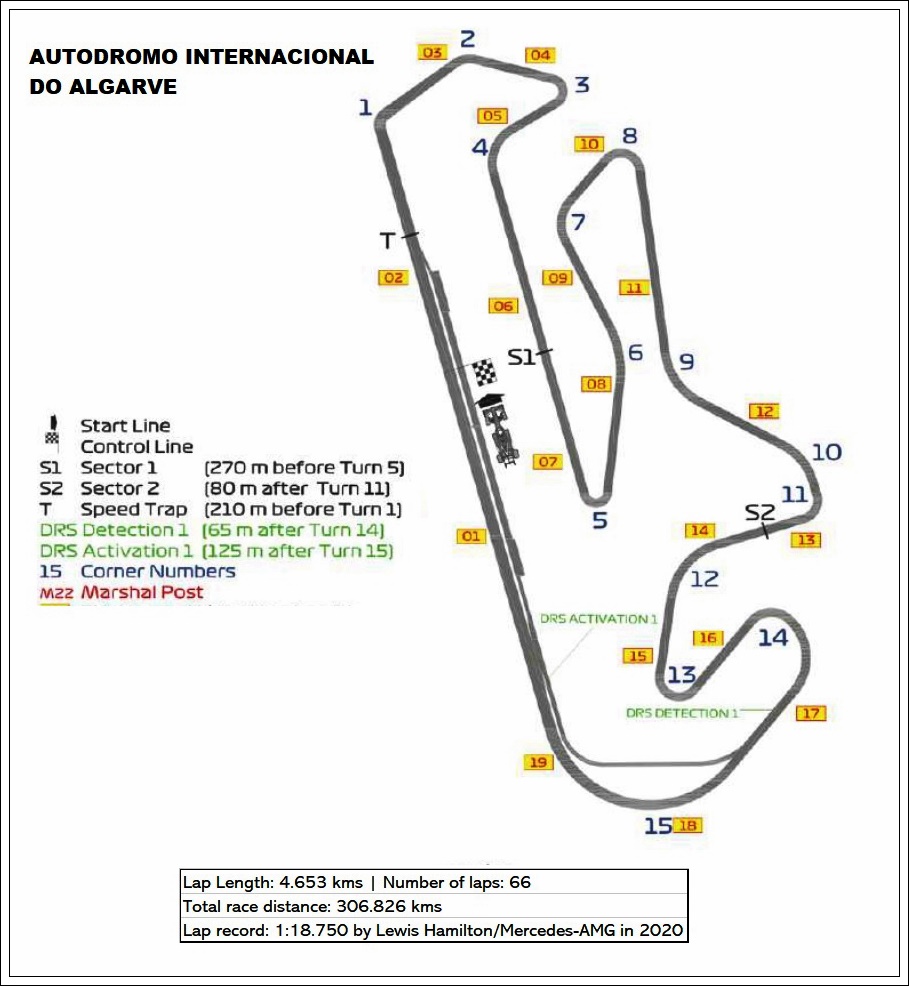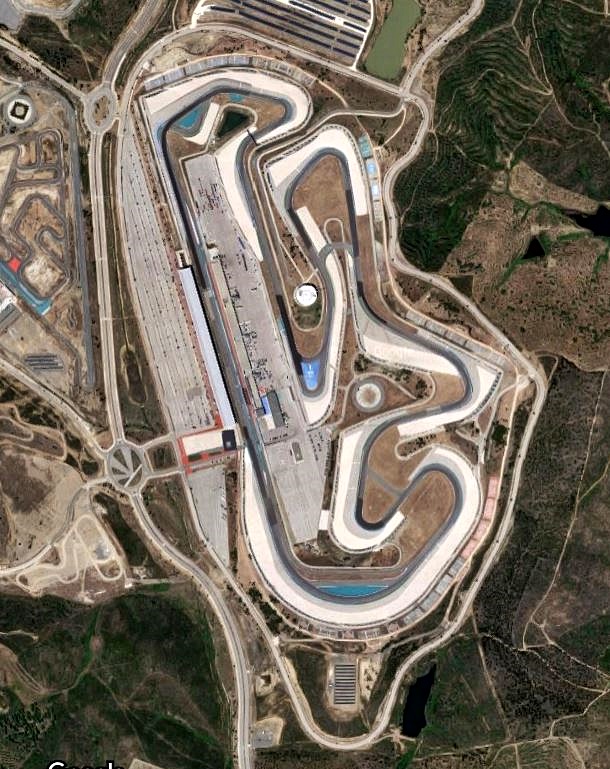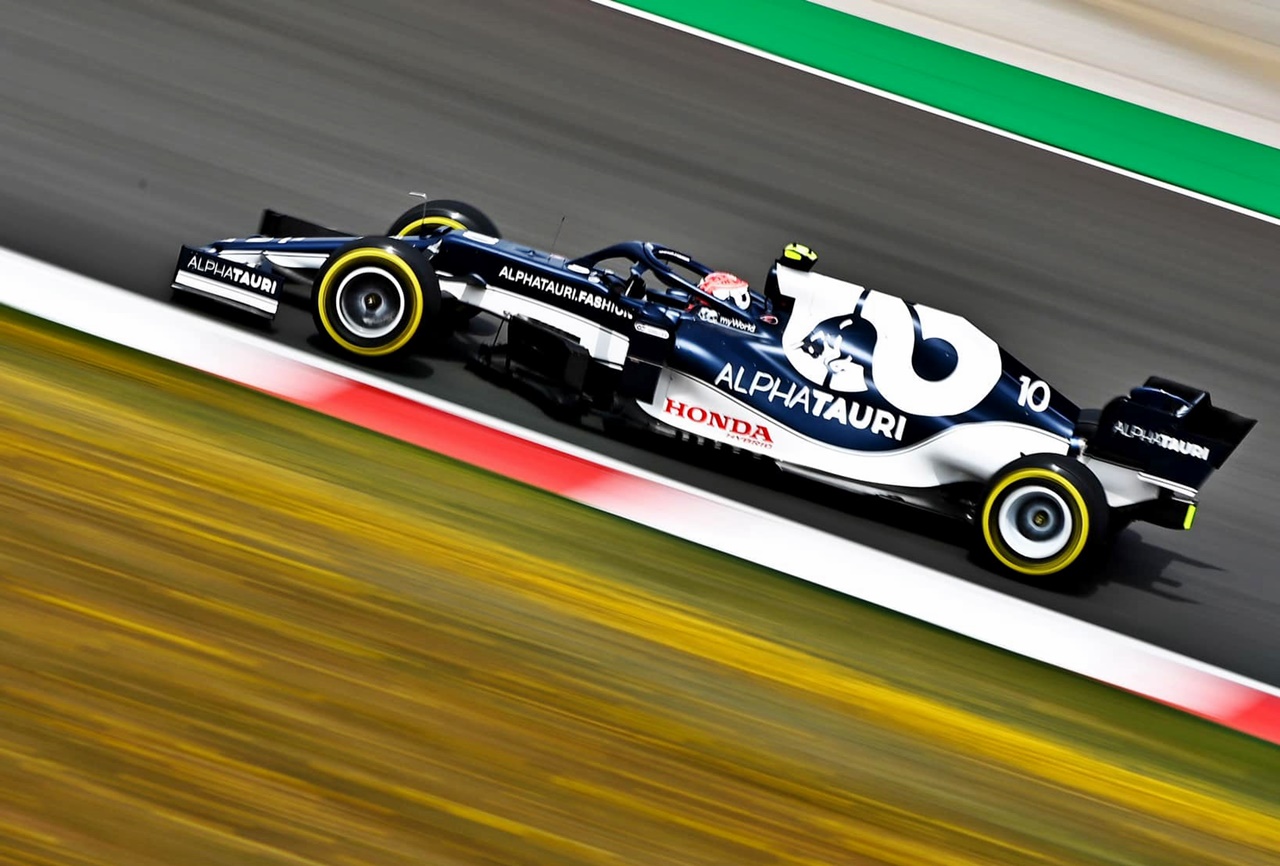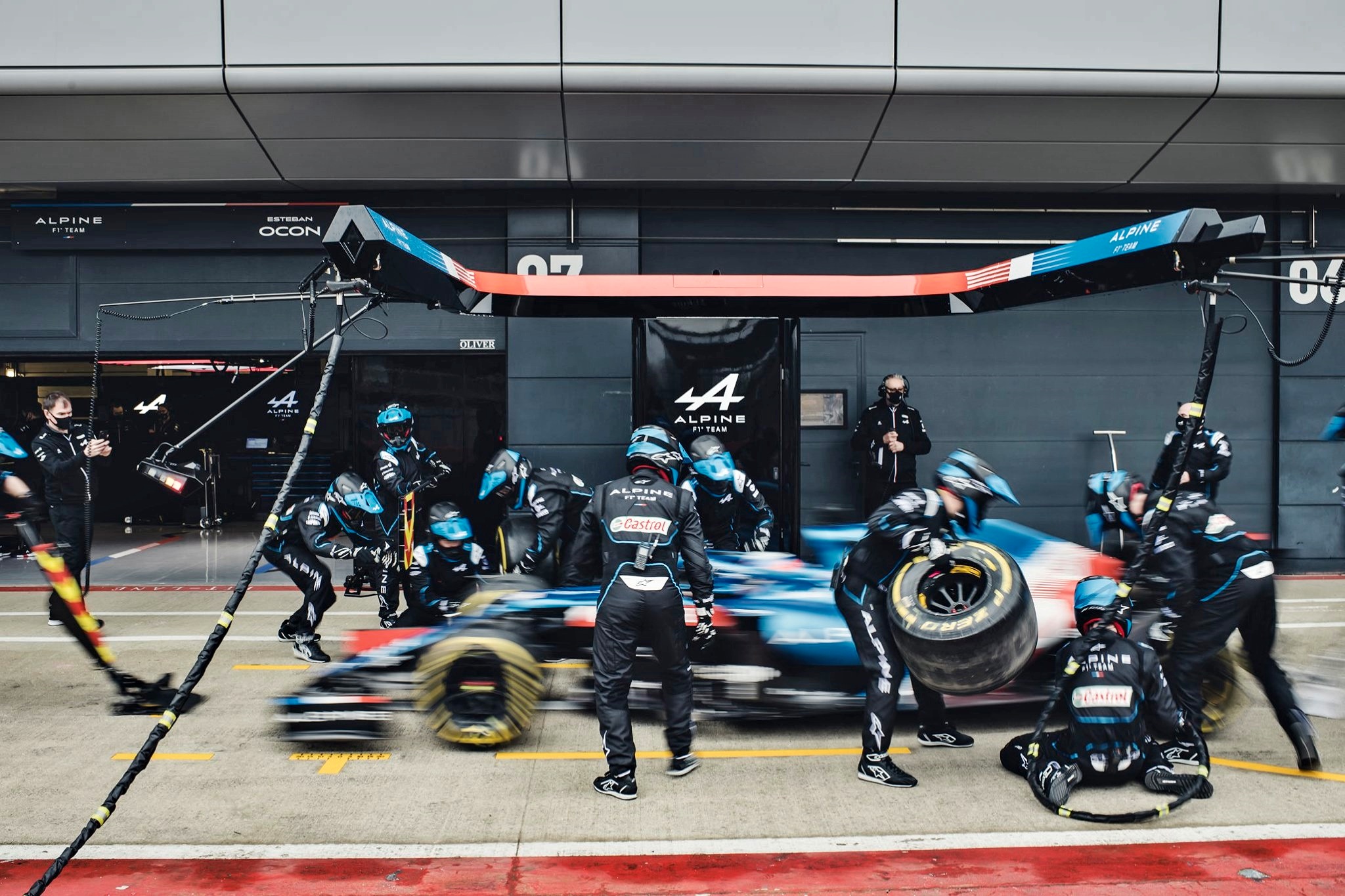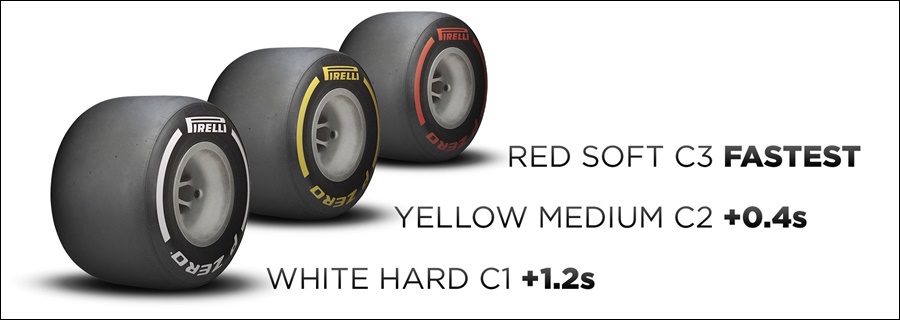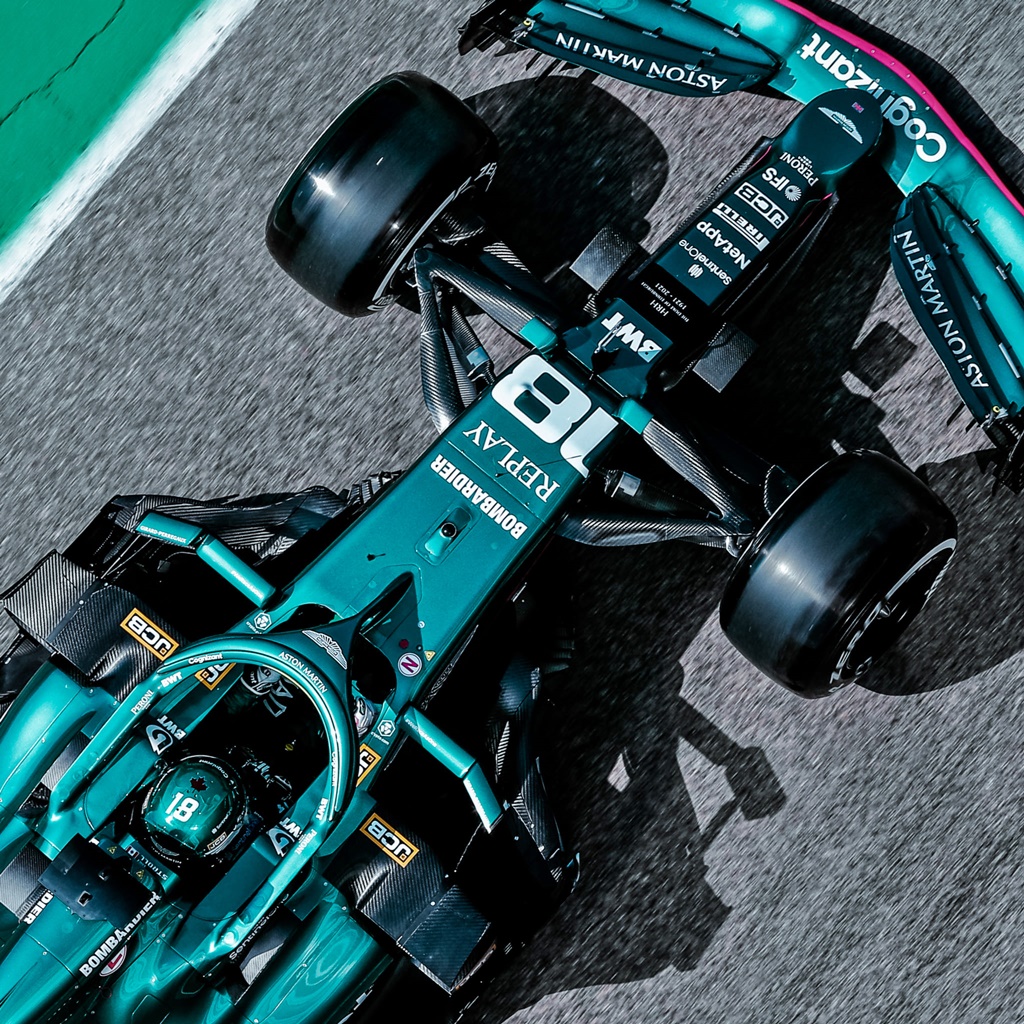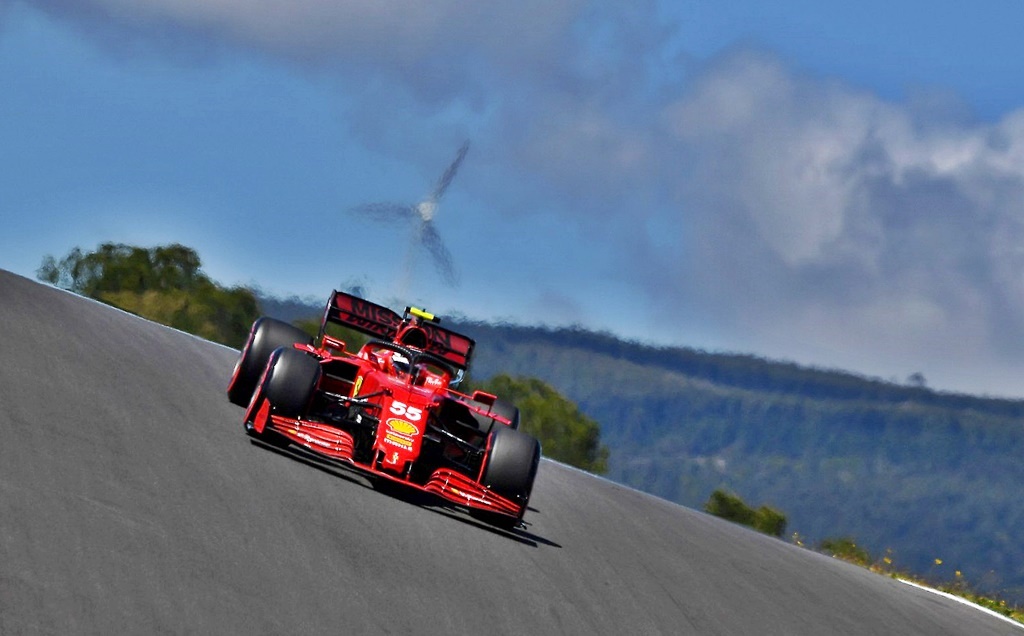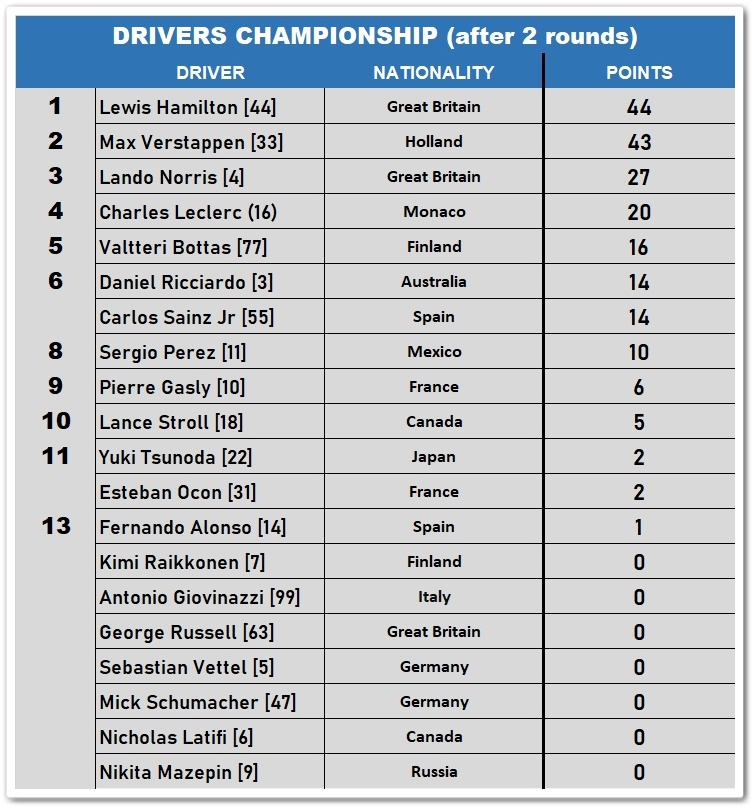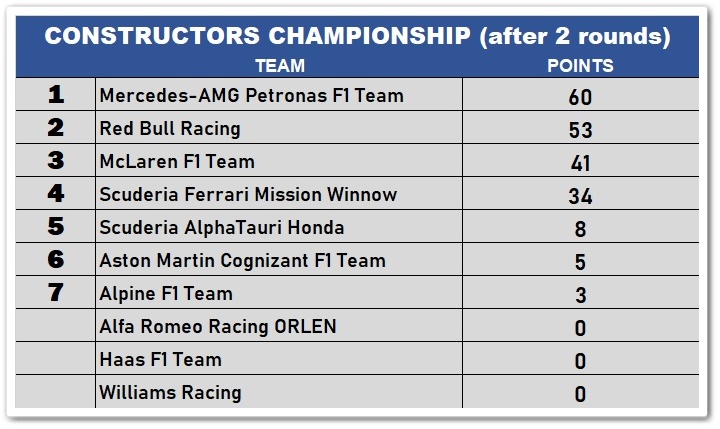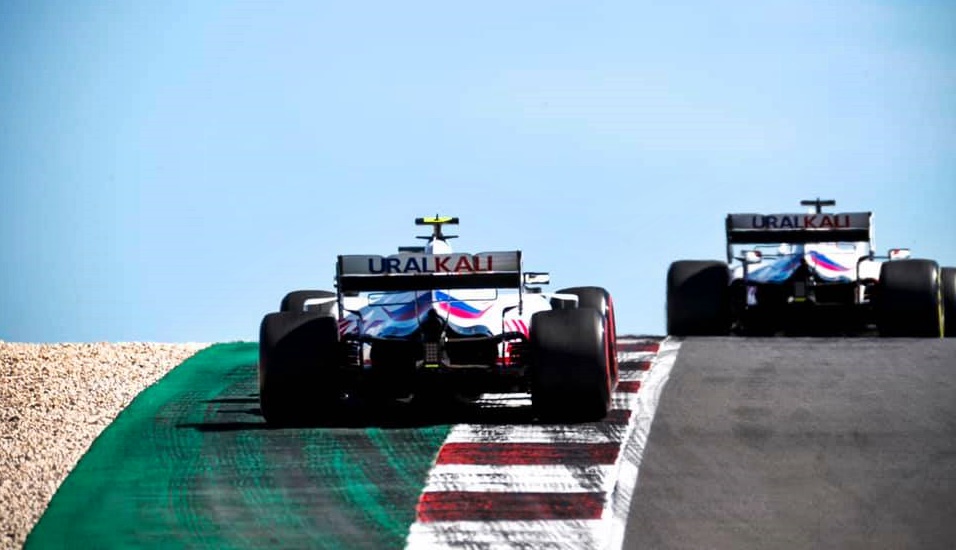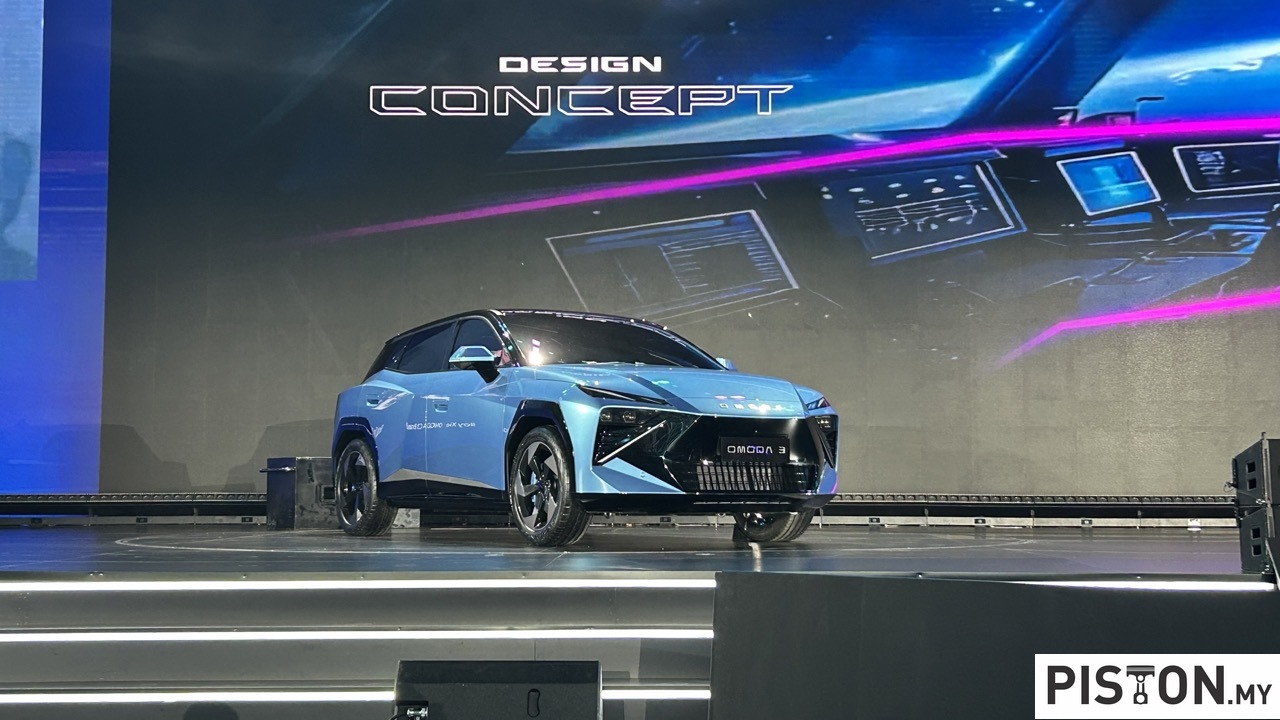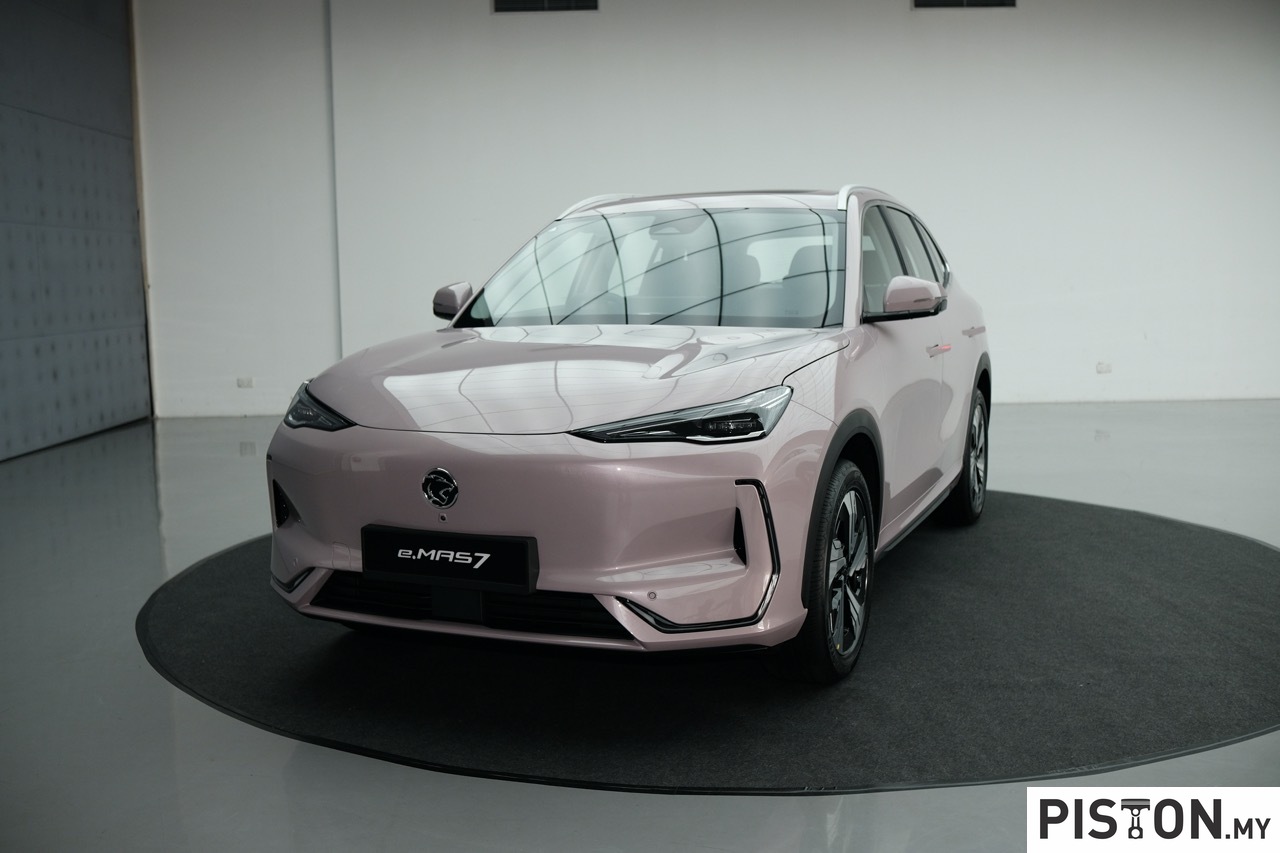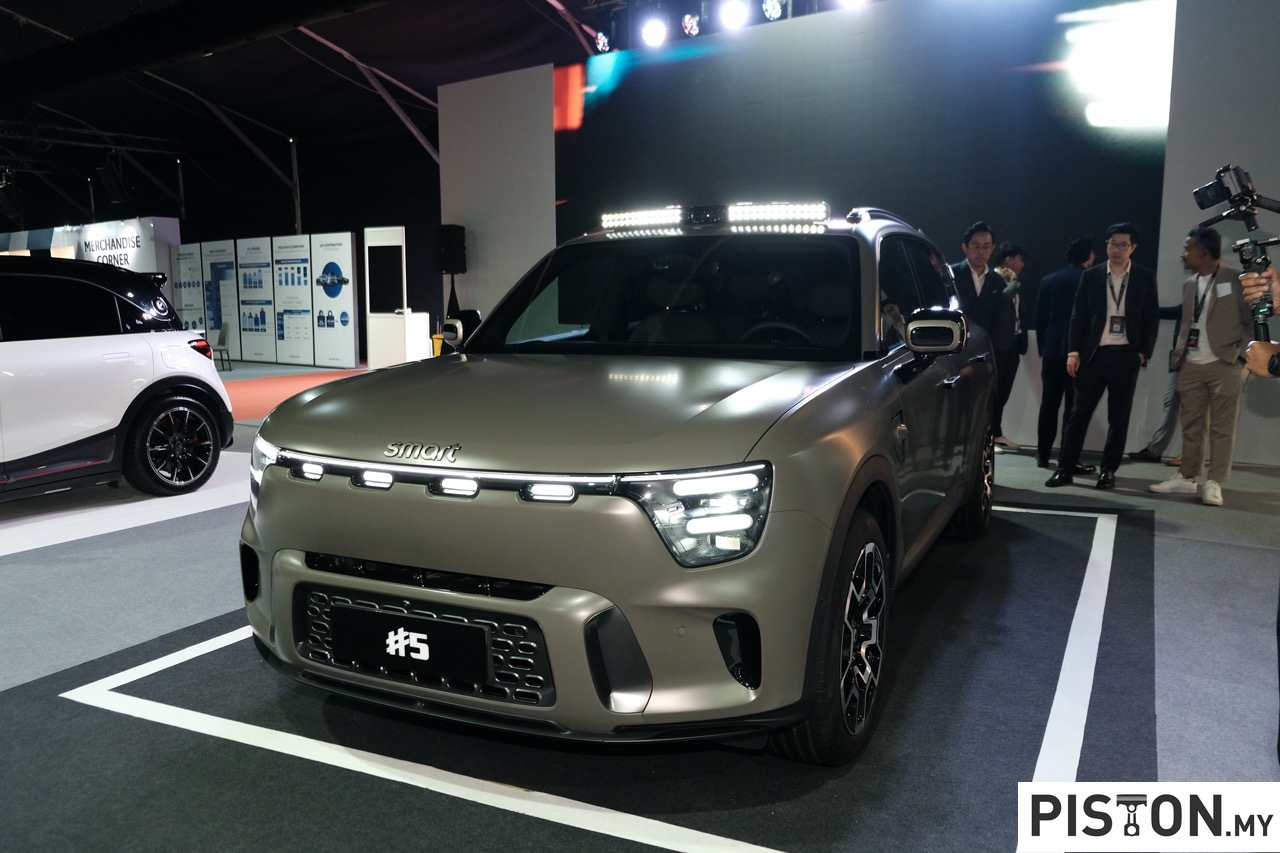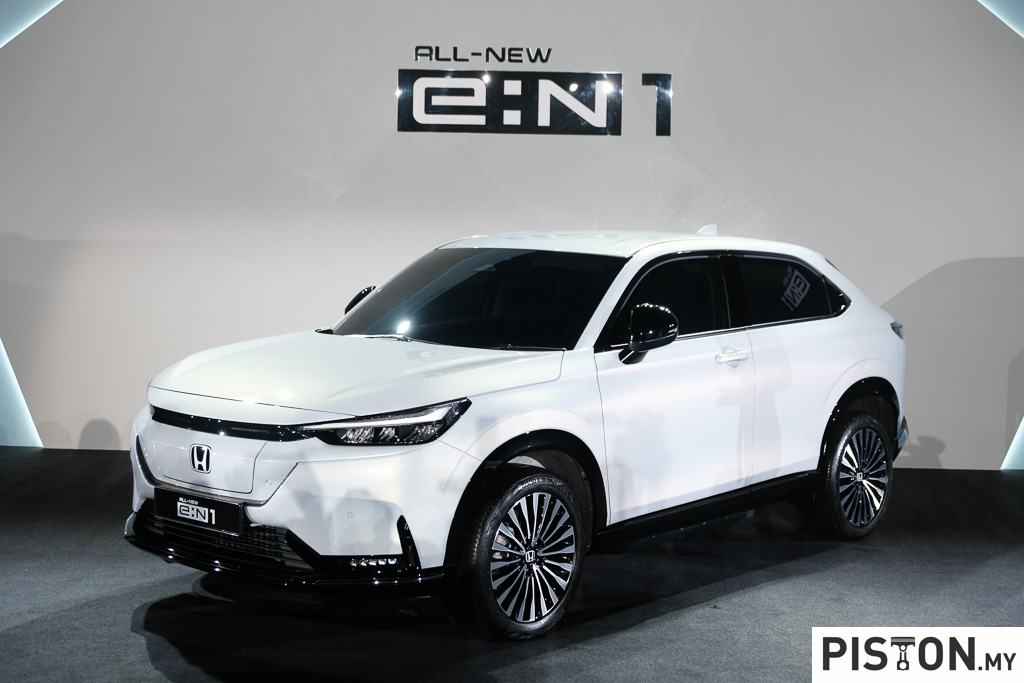
♦ It seemed like a good, incident-free start to the race… at least for the first lap. Then, as the second lap was beginning, Kimi Raikkonen ran into the back of Antonio Giovinazzi (his team mate). The front wing came off and he tried to drive on but could not and had to turn off into the gravel. An early start as usual for the Safety Car which was deployed to allow the Alfa Romeo to be removed and debris cleared. Giovinazzi, however, was still in the race and Daniel Ricciardo was waiting to pounce on the ‘wounded’ Alfa Romeo.
♦ Although Valtterri Bottas was in the lead, his engineers saw the brakes overheating (smoke was coming out too) and this was a concern for the restart when the Safety Car moved off on lap 6. Max Verstappen was ready for the moment and got around Lewis Hamilton to slot into second place and aim for the race leader.
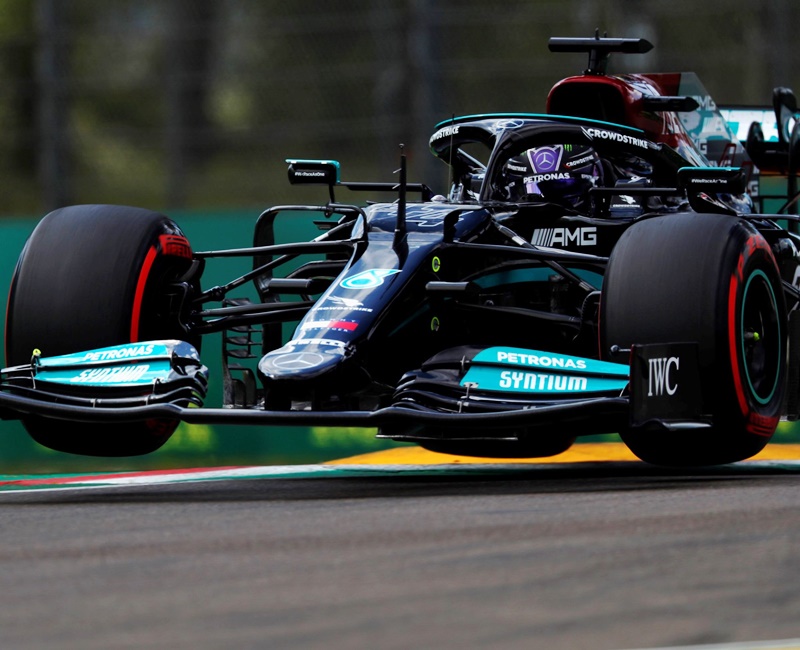
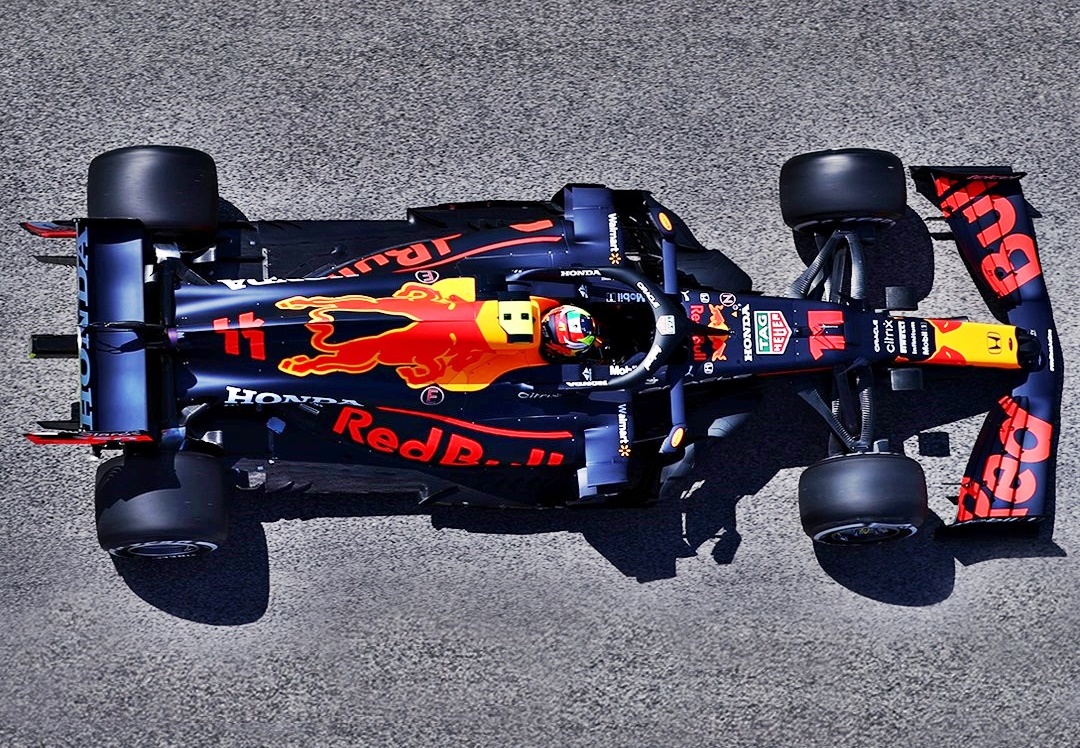
♦ But the World Champion was not going to settle for third place, and within a lap, he slipped part Verstappen to regain second position less than a second behind his team mate.
♦ Lando Norris had used his tyre advantage to overtake Sergio Perez for 4th place, but then the Mexican driver who is with Red Bull Racing this year out-maneuvered the McLaren driver going through Turn 1 with the help of DRS.
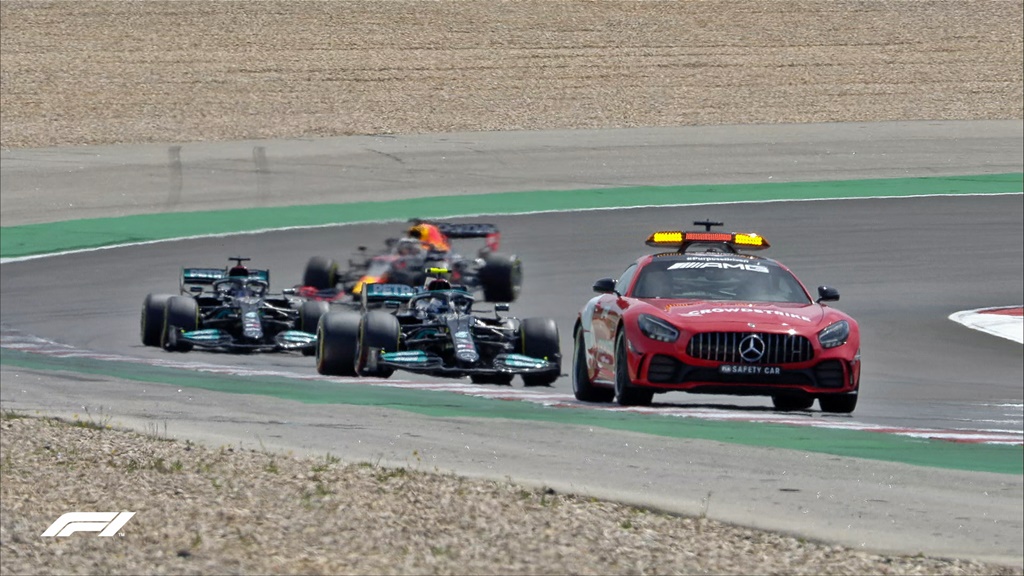
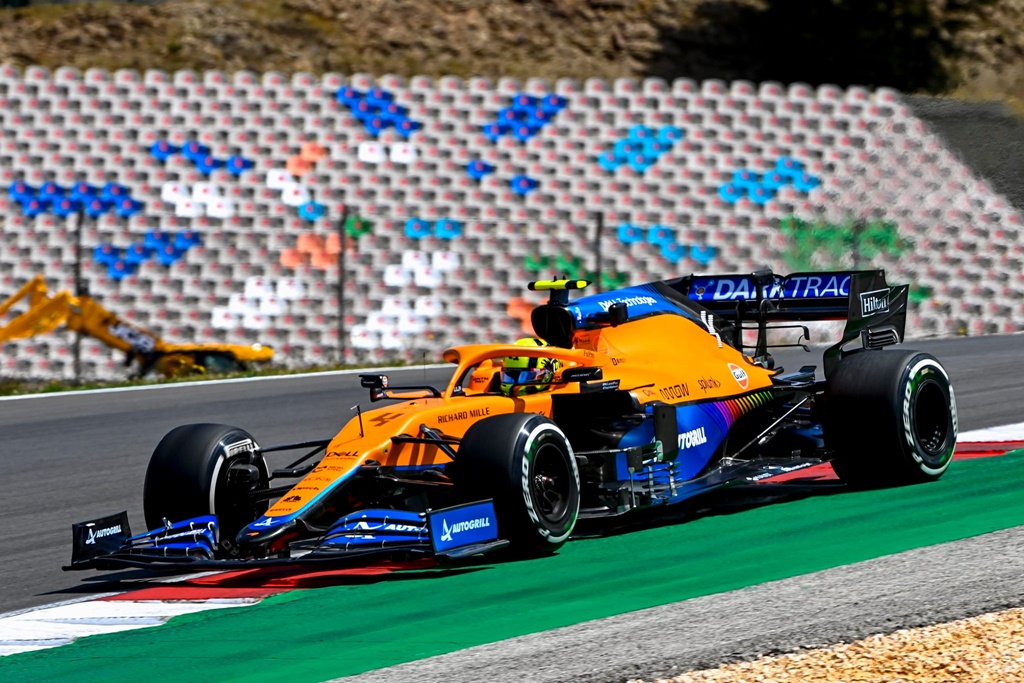
♦ Ricciardo had started from 16th position and steadily worked his way up the field. By lap 18, he was able to pass Sebastian Vettel to grab 10th position and start thinking of some points to take home at the end of the race.
♦ Bottas didn’t make things easy for Hamilton, who was showing a lot of determination to take the lead. On lap 20, as the cars raced around Turn 1, Hamilton surged around his team mate and into the lead. It was like a replay of the 2020 race when Hamilton did the same thing.
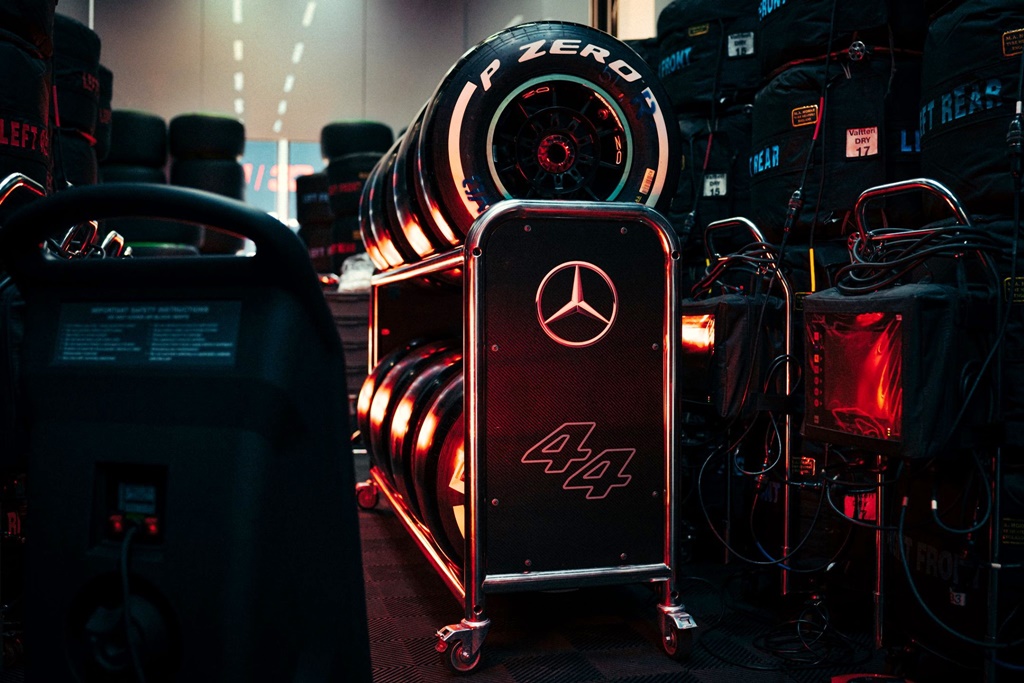
♦ With a third of the race done, most cars were changing their soft tyres for harder ones. The two Mercedes-AMG cars were ahead of two Red Bulls, with one Ferrari (Charles Leclerc) about 12 seconds further back. Verstappen was within striking distance of Bottas but never had a clear chance to overtaken, allowing Hamilton to concentrate on building up his buffer with a succession of fastest laps.
♦ At the halfway mark, it was still both Mercedes-AMGs ahead, and then two Red Bulls. Fernando Alonso was the better-placed Alpine in 6th, watching Ricciardo’s progress and waiting for a chance to attack the McLaren driver, Both Ferraris were still in the points, but in 9th and 19th positions, they could easily drop out too. In fact, Leclerc was under threat from the second Alpine driven by Esteban Ocon, just a couple of seconds away.

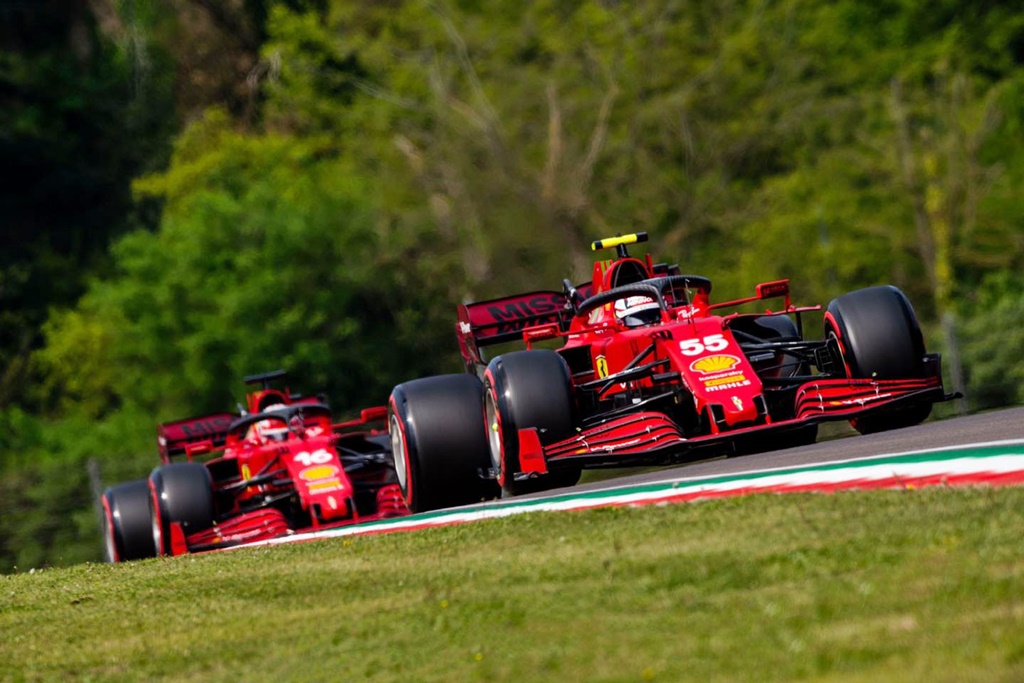
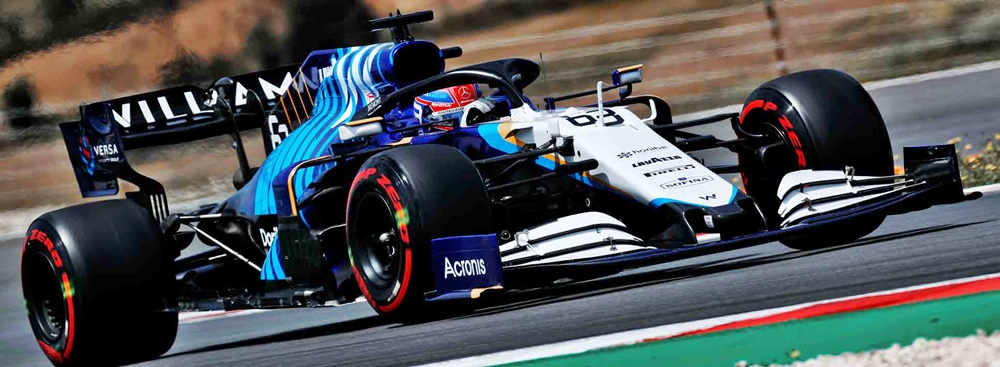
♦ On lap 36, Verstappen started the chain of pit stops to get onto harder tyres to sustain an offensive. While Bottas shot in after the Dutchman, Hamilton was willing to stay out a bit longer, telling team that he thought the tyres were still okay, but he was ordered in. At that point, he had a 4-second lead and Perez inherited the lead of 12 seconds. But if he came into the pits, he would immediately fall to 4th.
♦ 22 laps remained as Hamilton sped after Perez, setting a fastest lap again. Verstappen had no answer to the speed of the Mercedes-AMG. He also had to watch his mirrors for Bottas who had been given encouragement personally by the team boss to go after the Red Bull.
♦ On lap 47, Nikita Mazepin, the ‘bad boy’ of the F1 world with his controversial behaviour, caught the attention of the Stewards who investigated him ignoring blue flags, which required him to allow the race leader to pass. The Russian drver has made some mistakes before, and explained that he was new and ‘unaware’. This time, he got a 5-second penalty although that was of no great consequence since he was at the back of the field anyway.
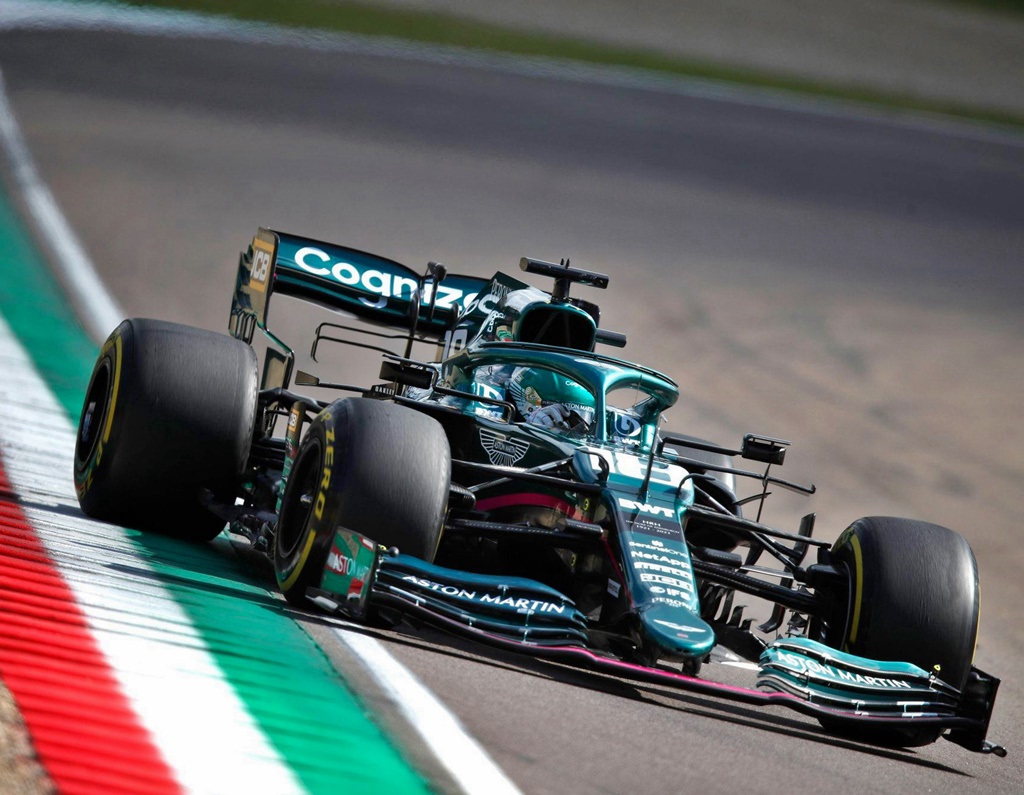
♦ By lap 51, Perez was probably finding it difficult with the old tyres, and Hamilton got by to regain the lead. The Red Bull driver then came in for the long-overrdue tyre change and as expected, slotted into 4th place when the rejoined.
♦ With the softer tyres, Perez pushed hard and got a fastest lap. He was making steady progress up the field in the final 10 laps but had still to get past some cars. As 5 laps remained, Hamilton was in a reasonably comfortable and safe lead, 5 seconds ahead. Bottas was not trying any harder and would settle for third, with Perez not within striking distance.
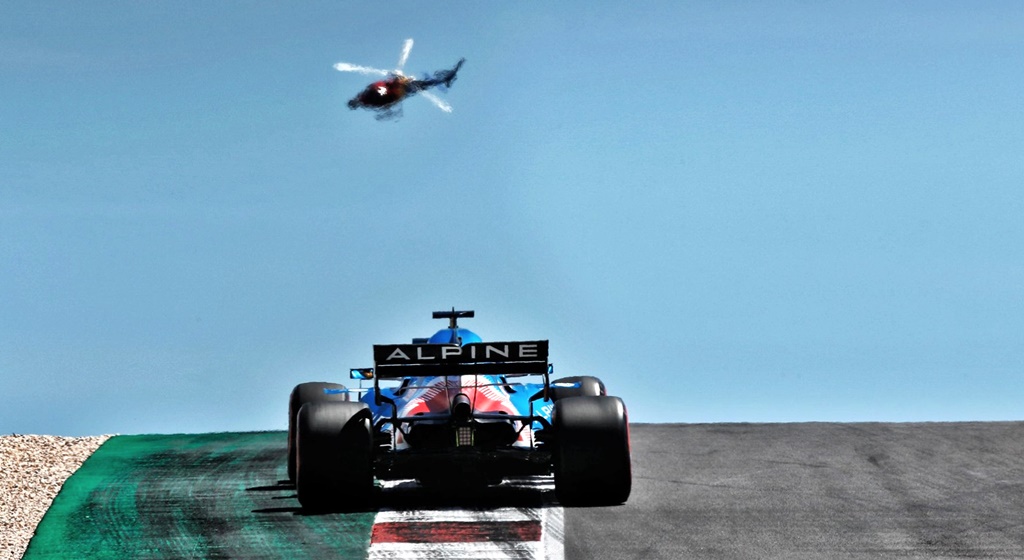
♦ 2 laps before the end, with a 30-second gap, Bottas rushed into the pits to get soft tyres and he was planning to go for the fastest lap and snatch that 1 bonus point from Perez. Veerstappen did the same thing since he had a 32-second lead ahead of Bottas, and he too was eyeing that 1 precious point.
♦ As Hamilton took the chequered flag, Verstappen and Bottas were both trying hard to be quickest driver of the day – and Bottas was the one because Verstappen’s time was deleted due to track limits infringement.



